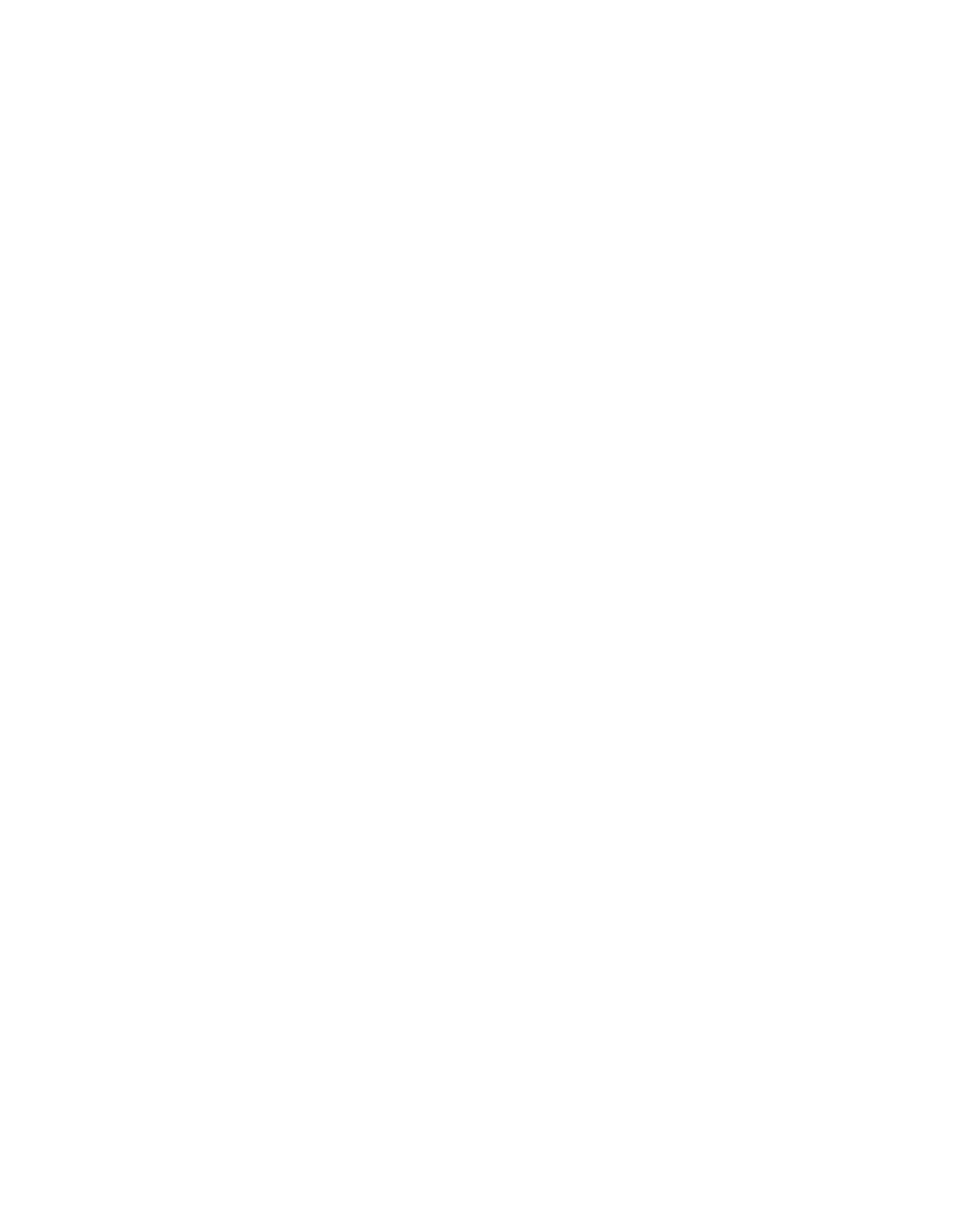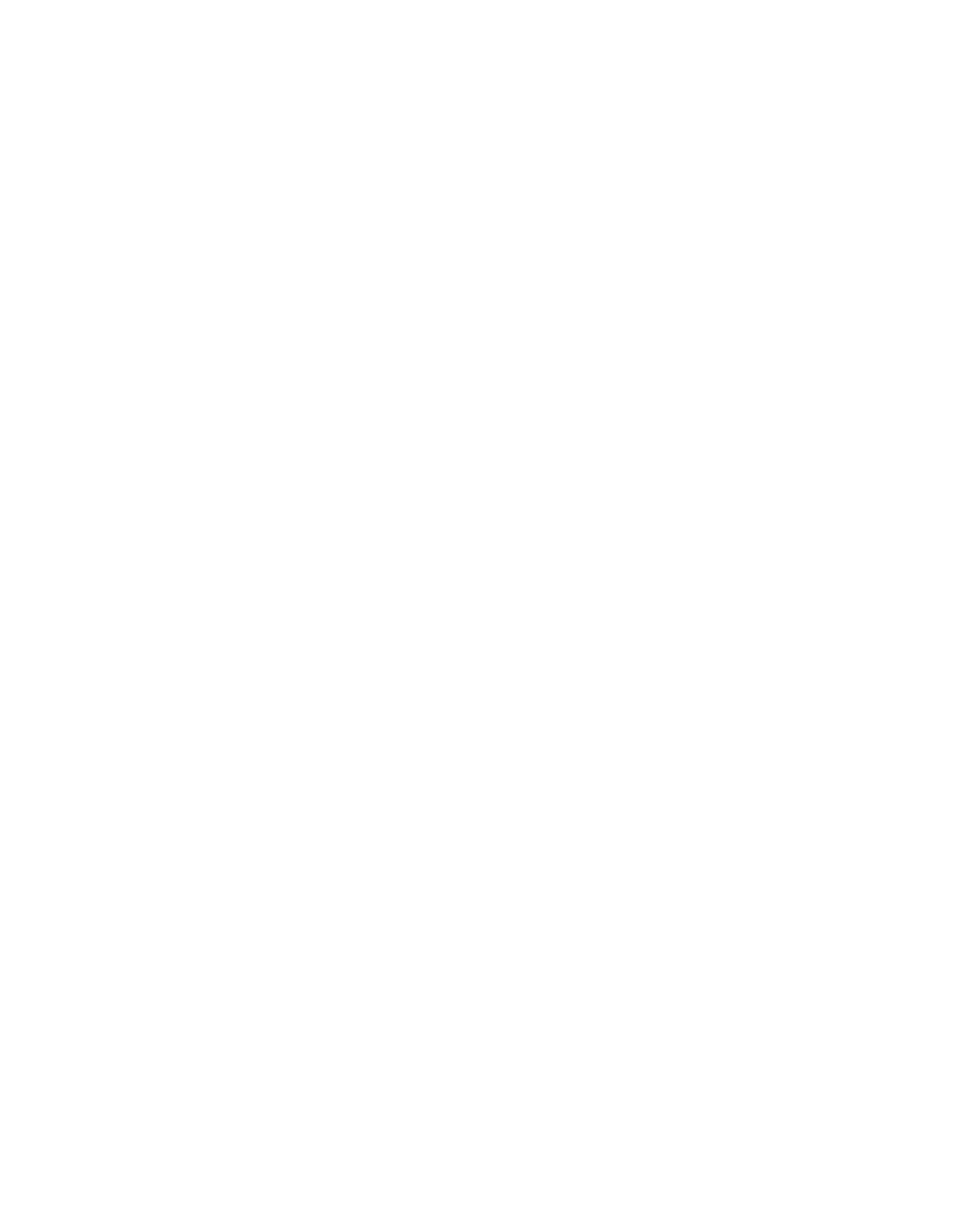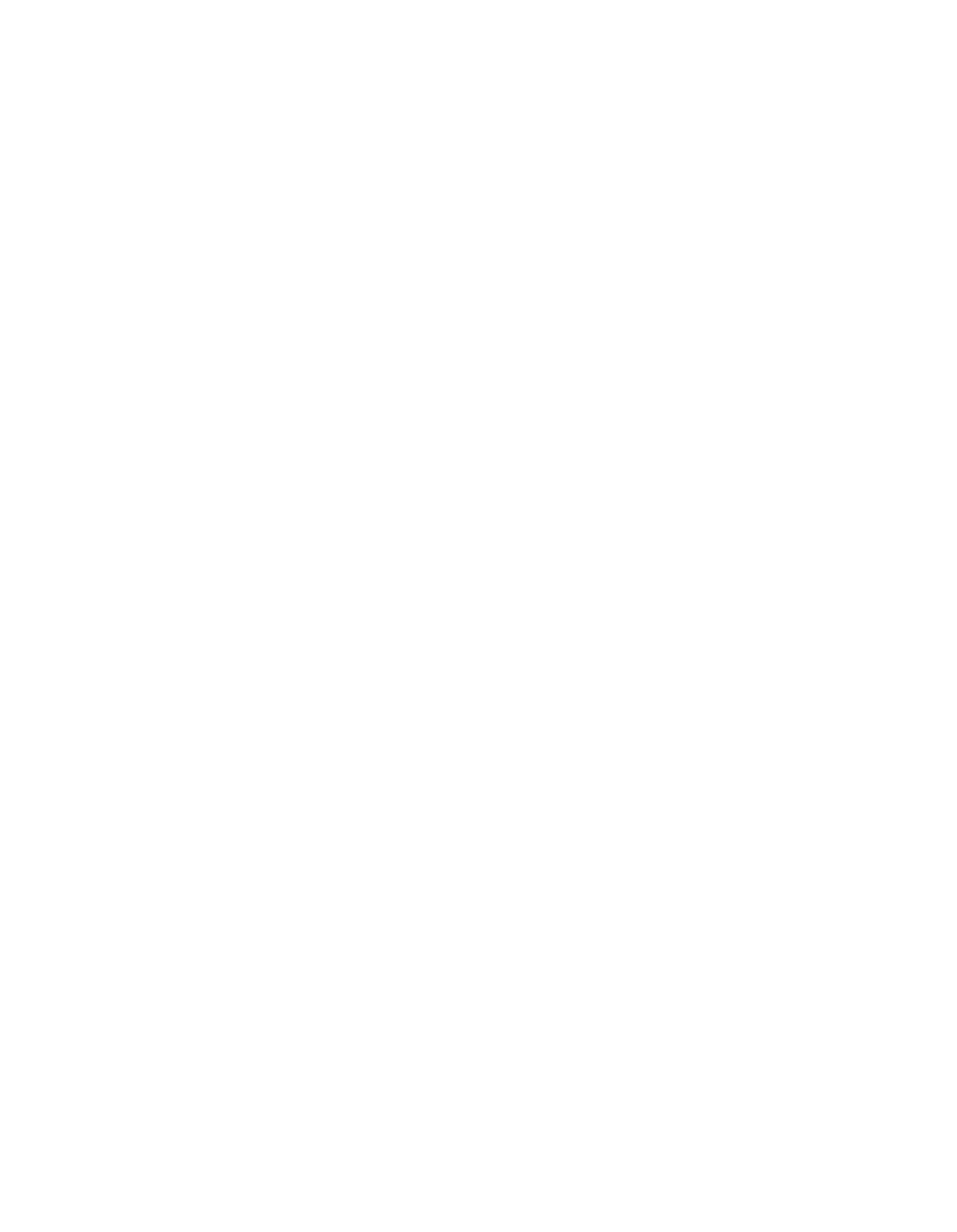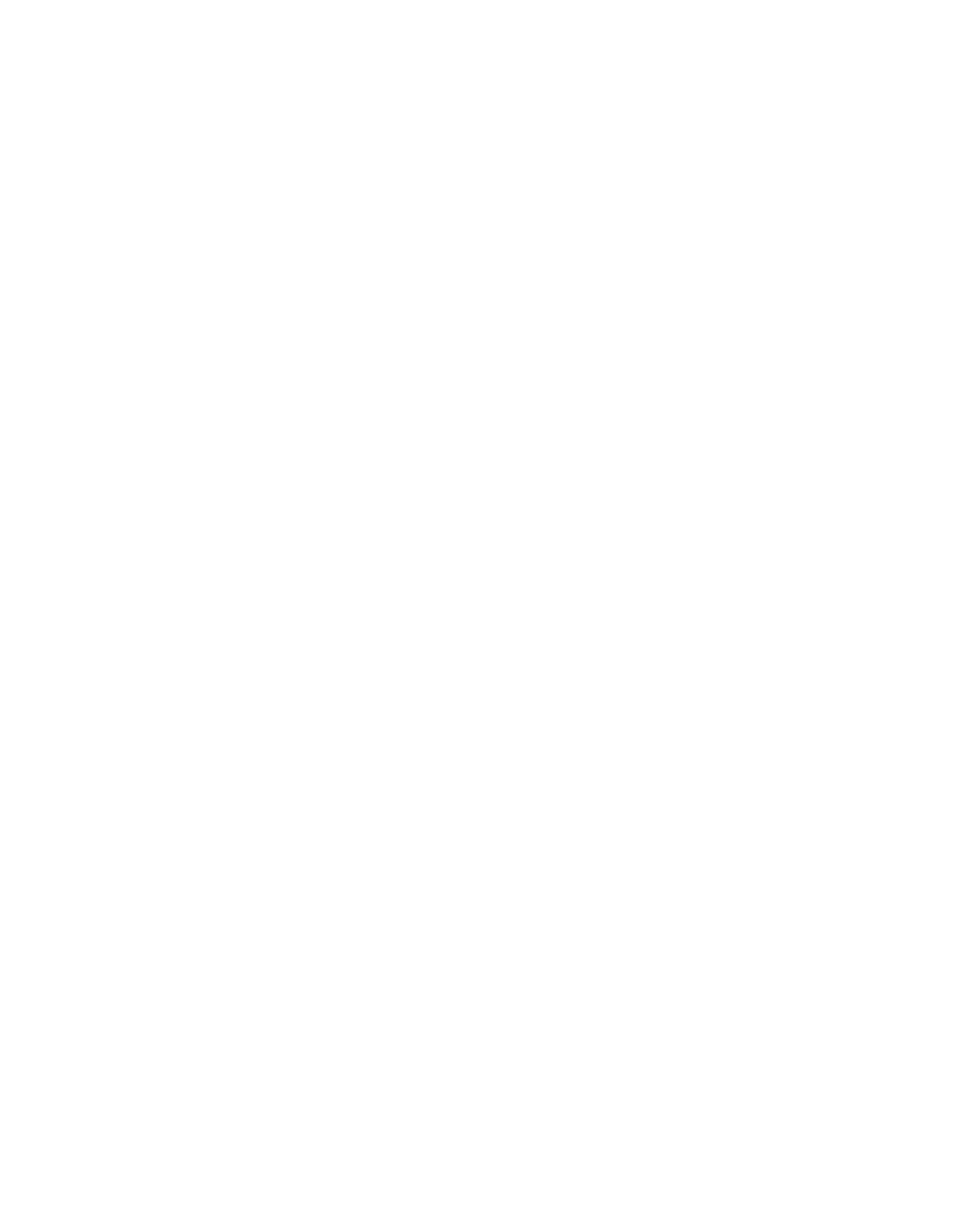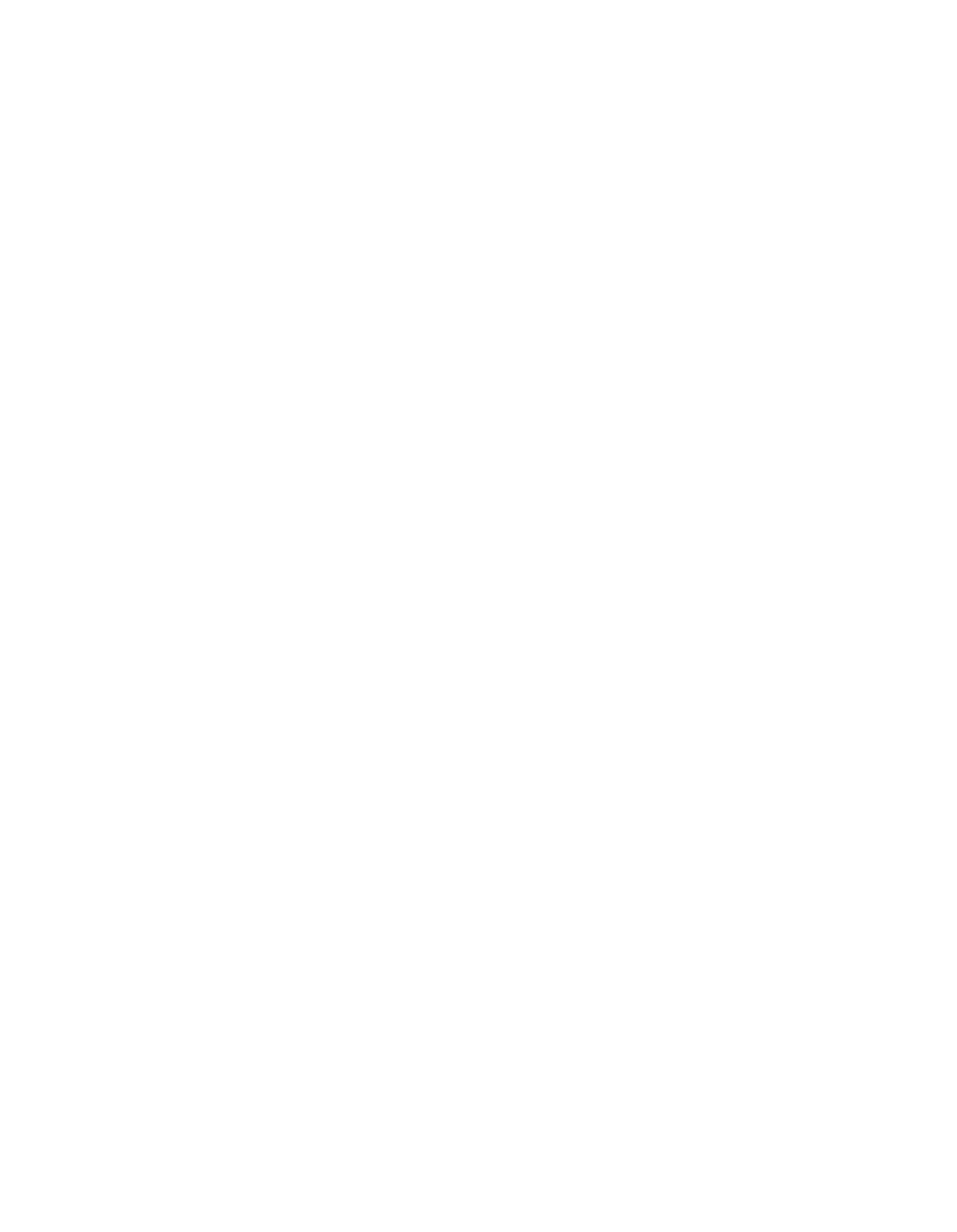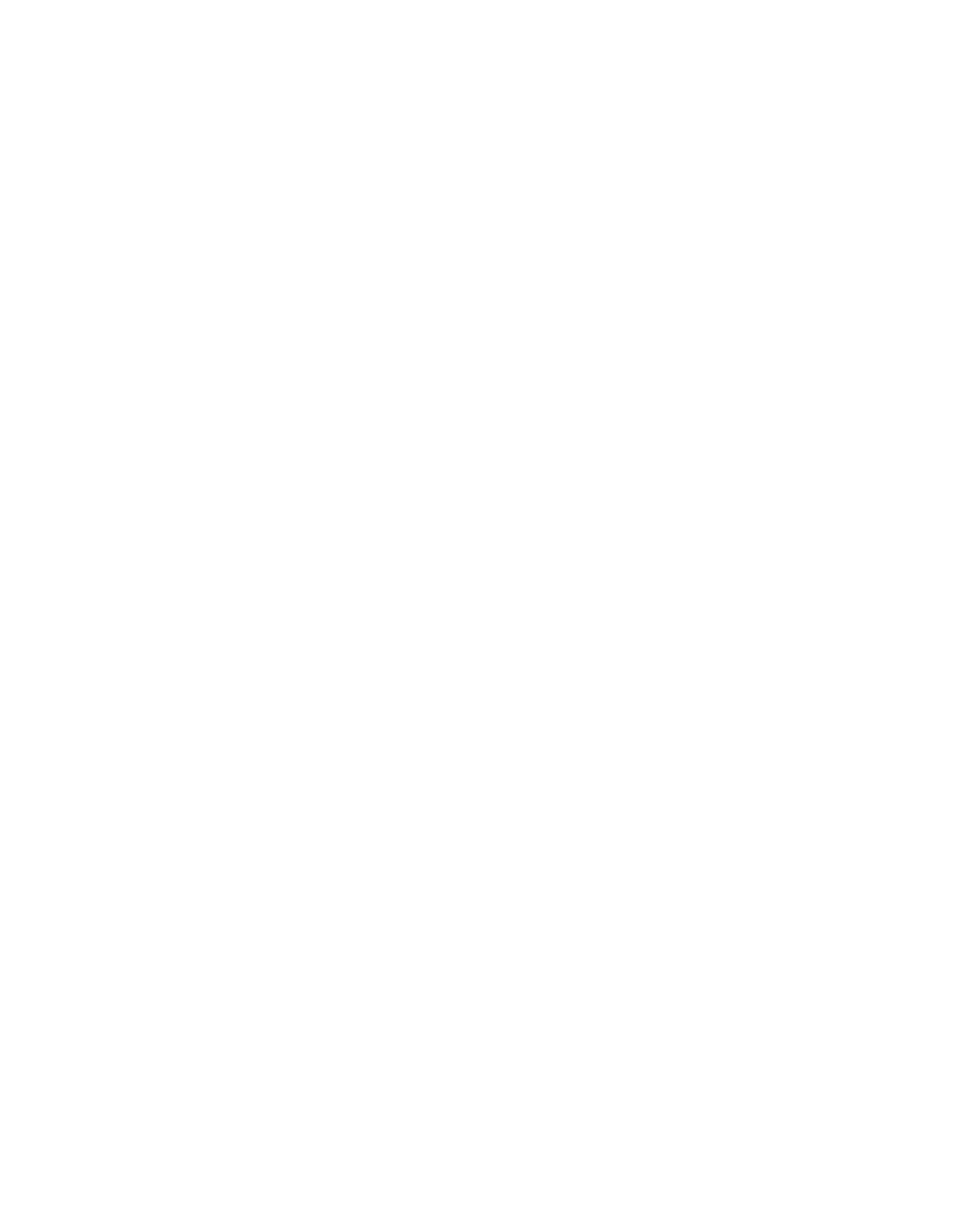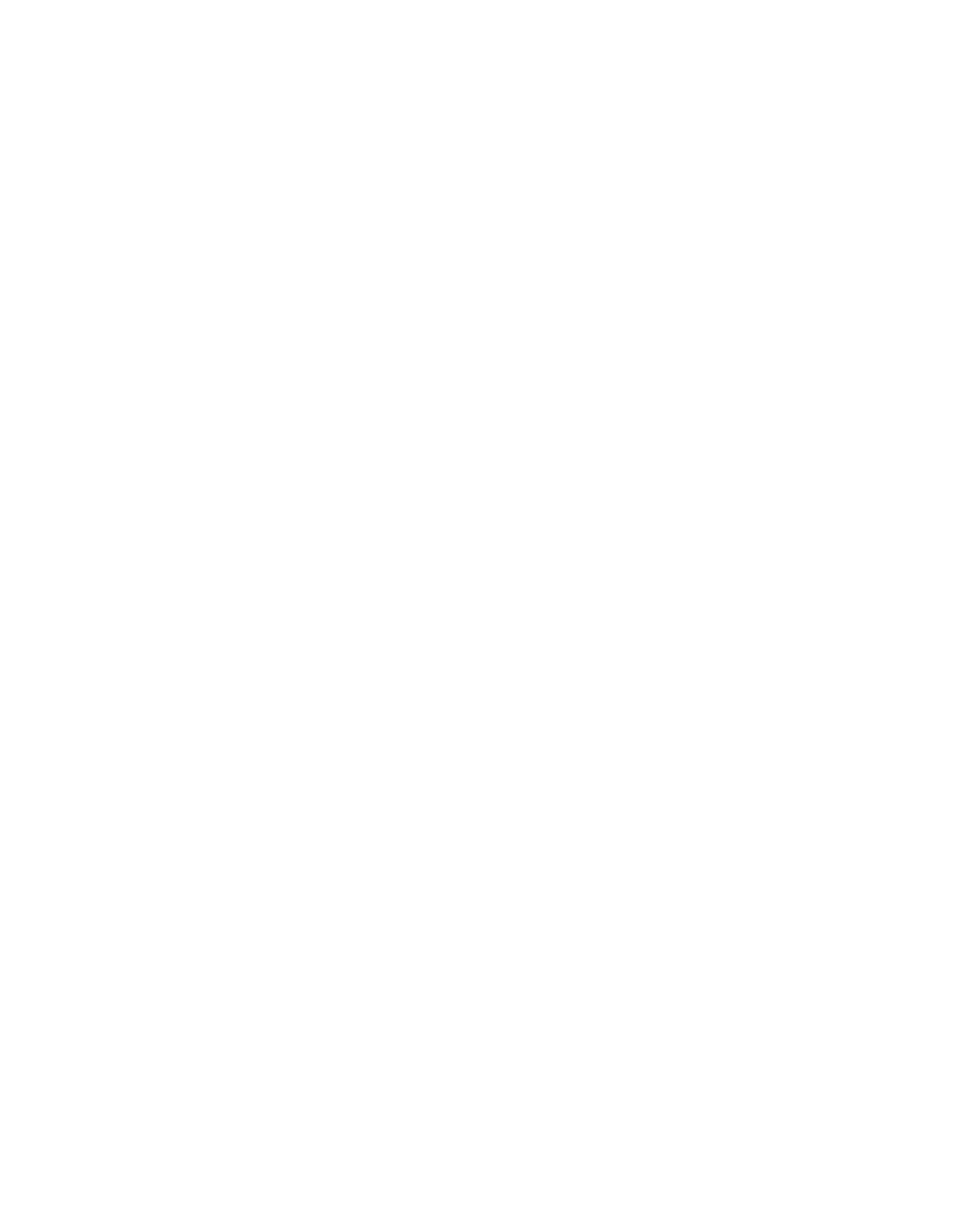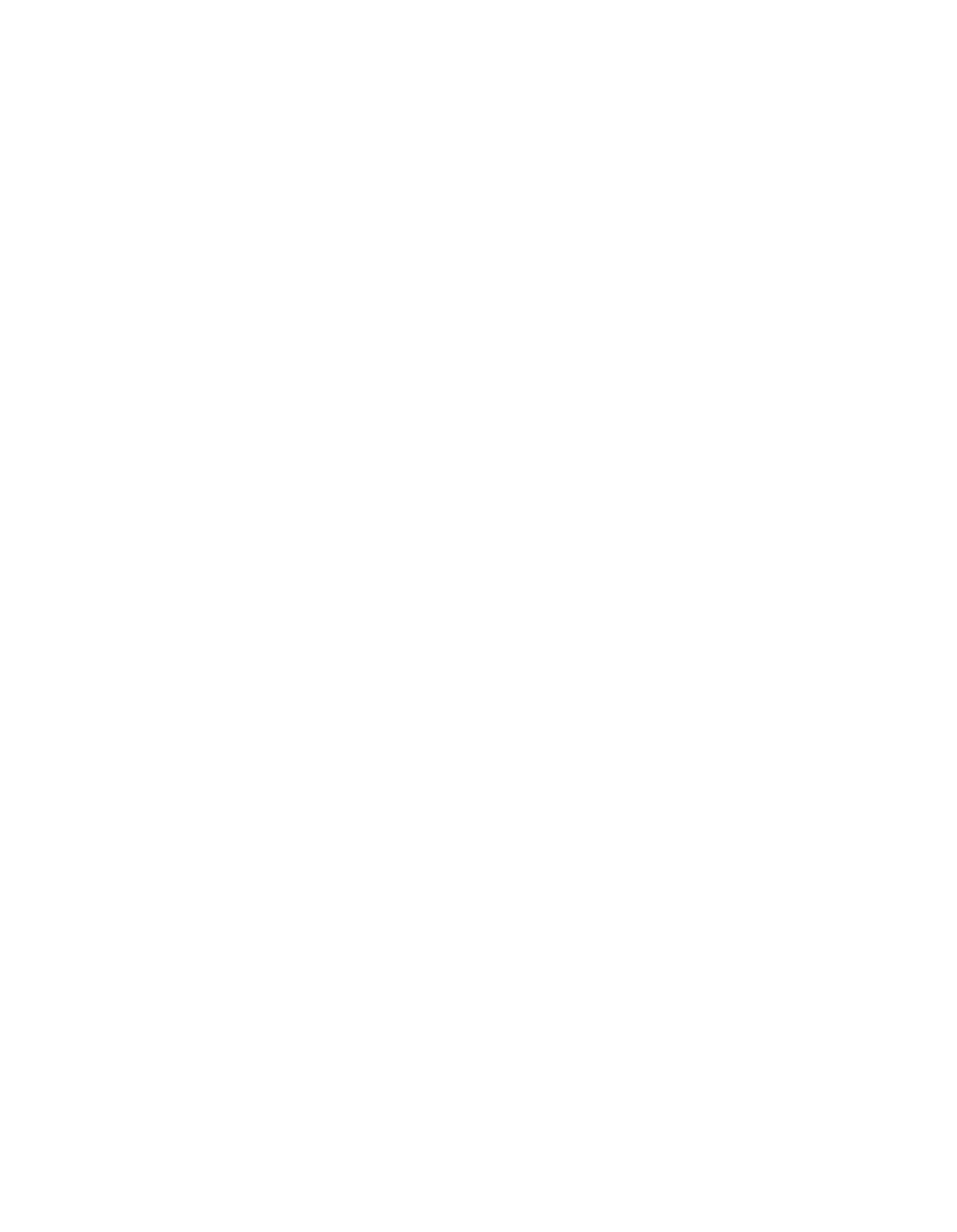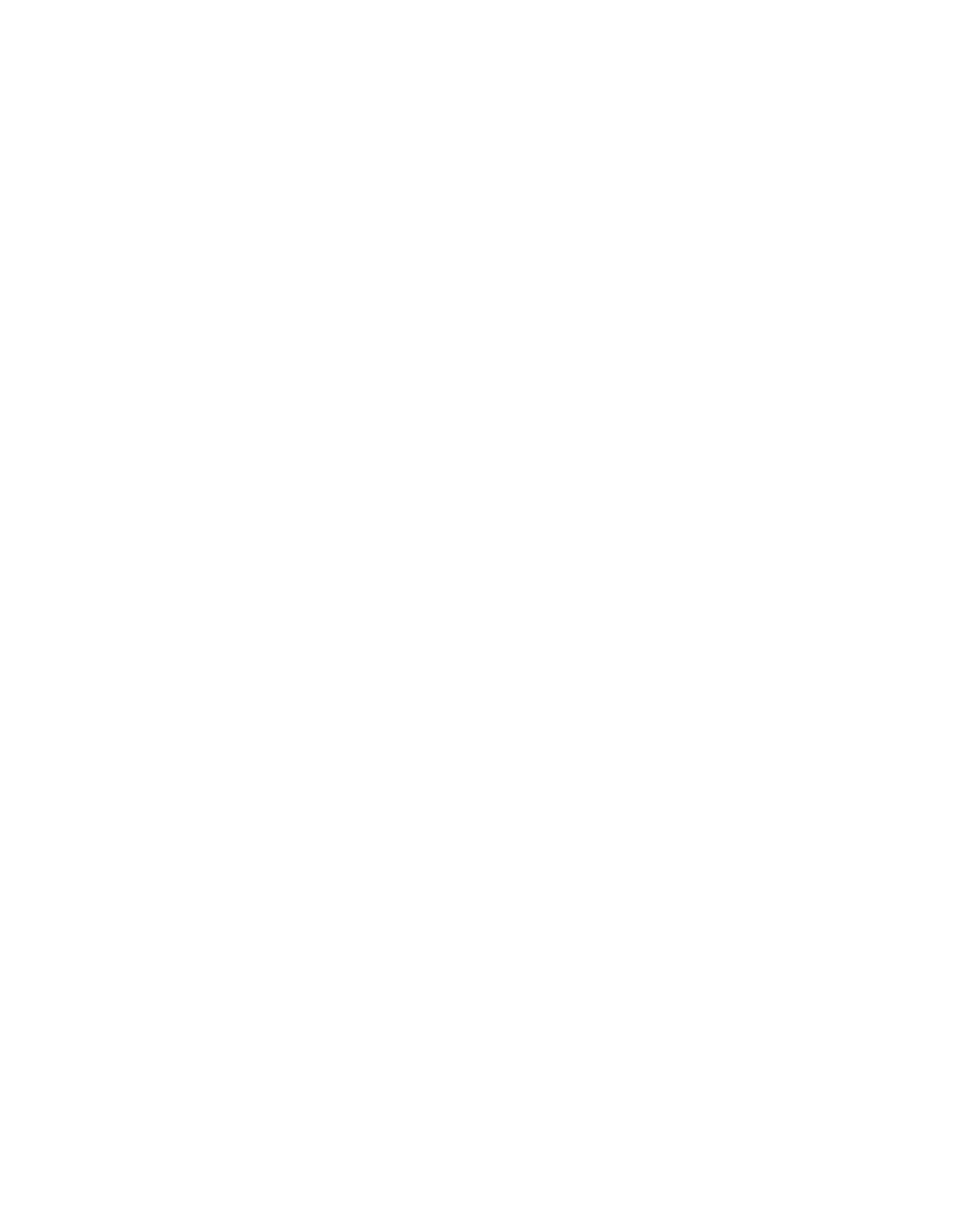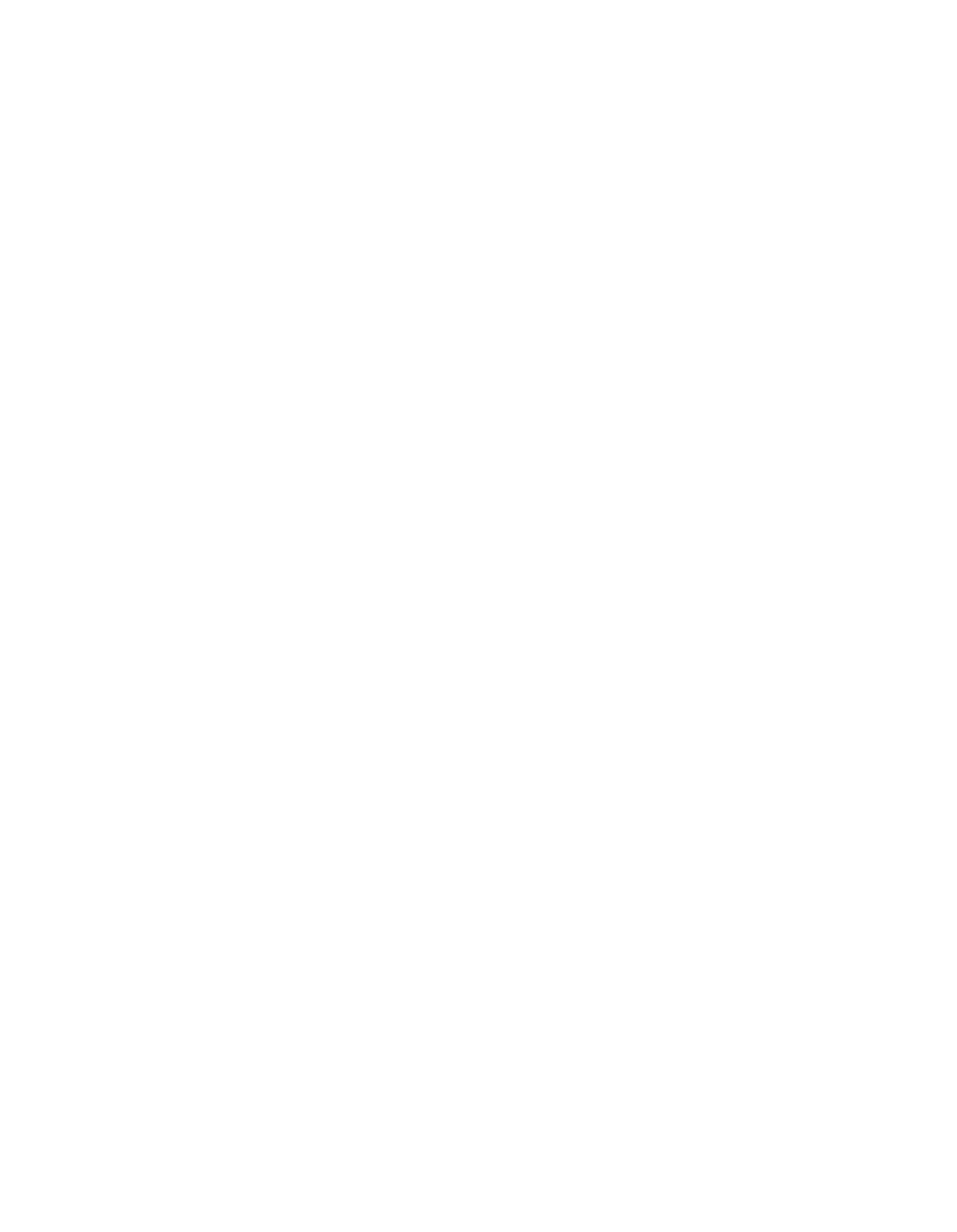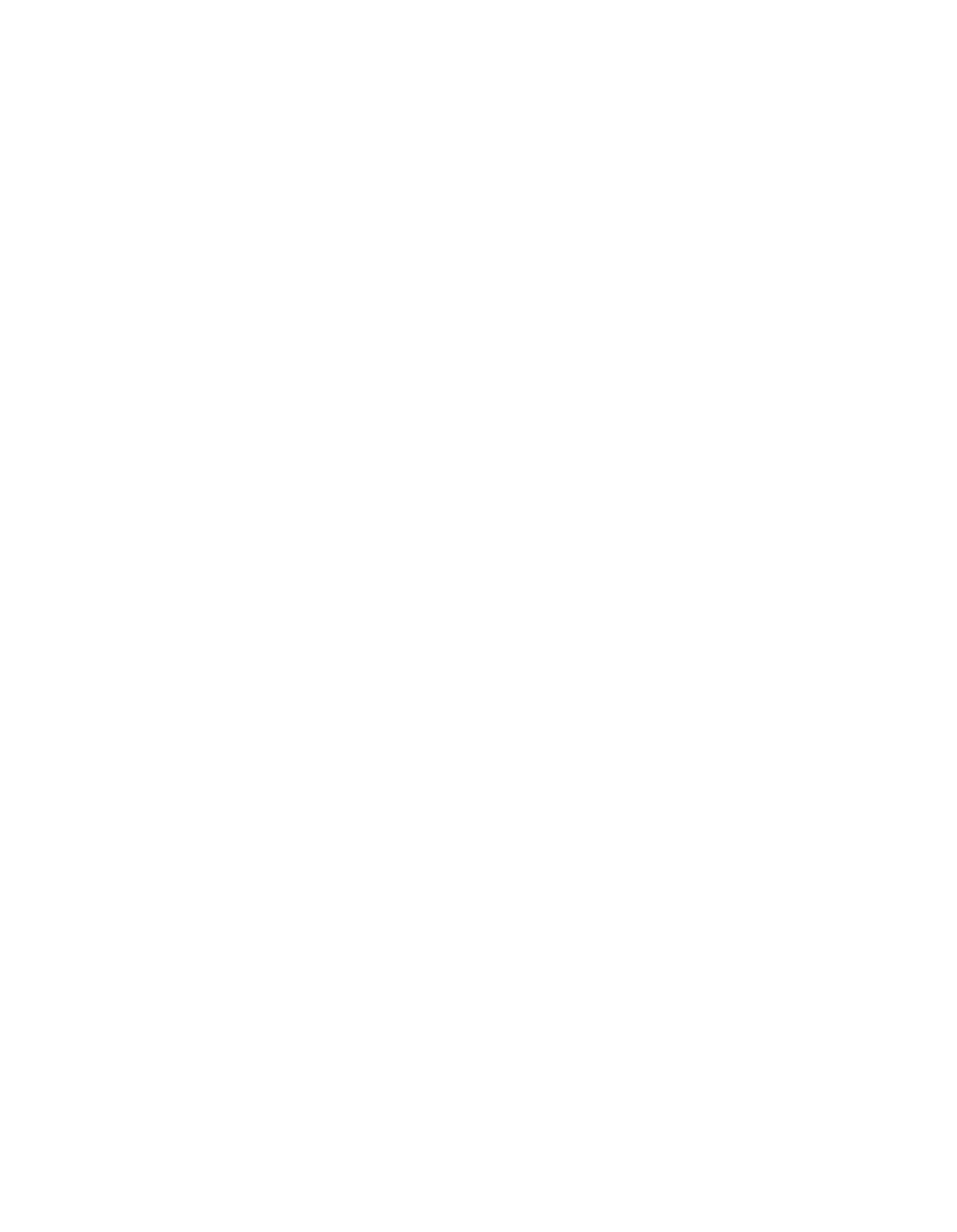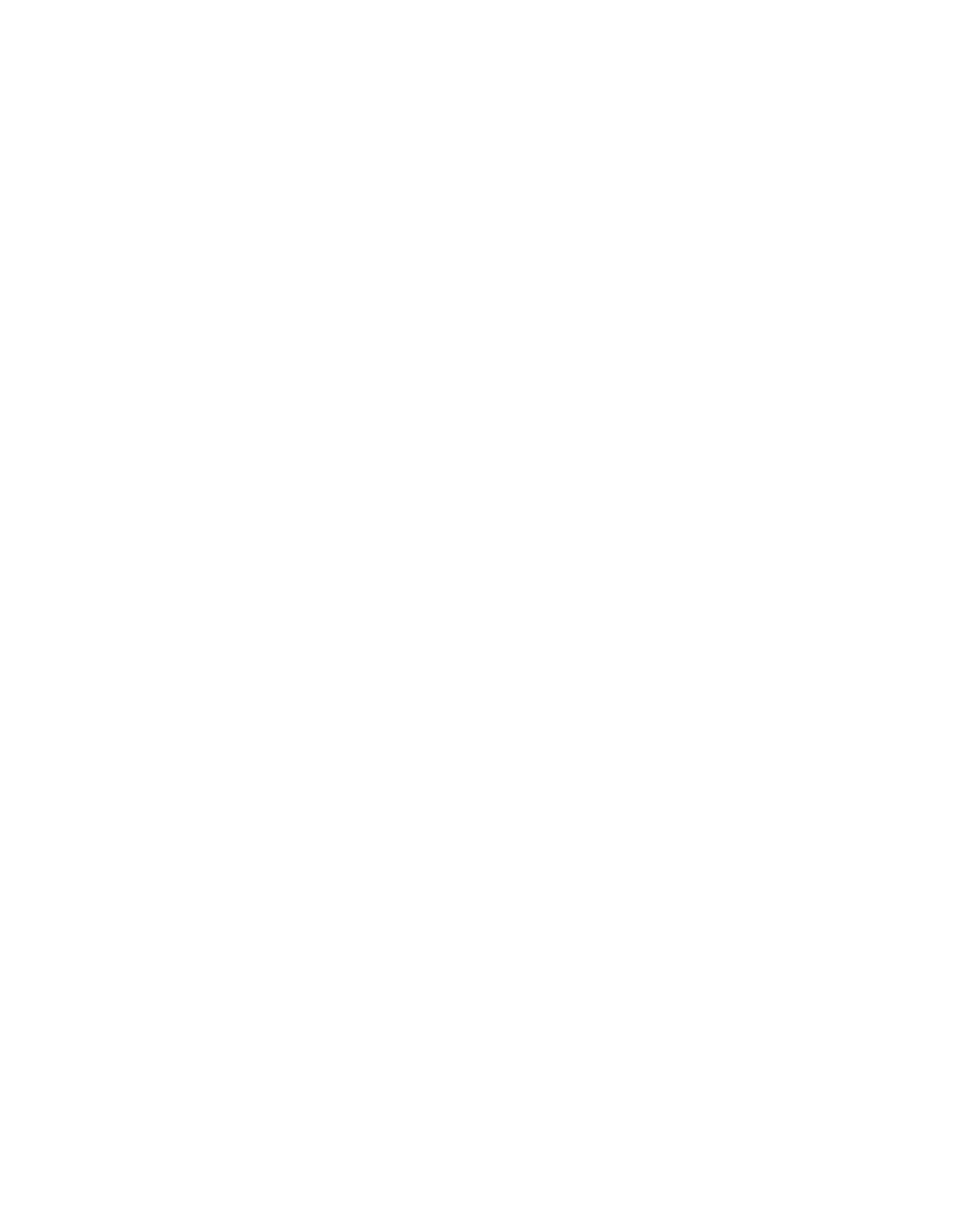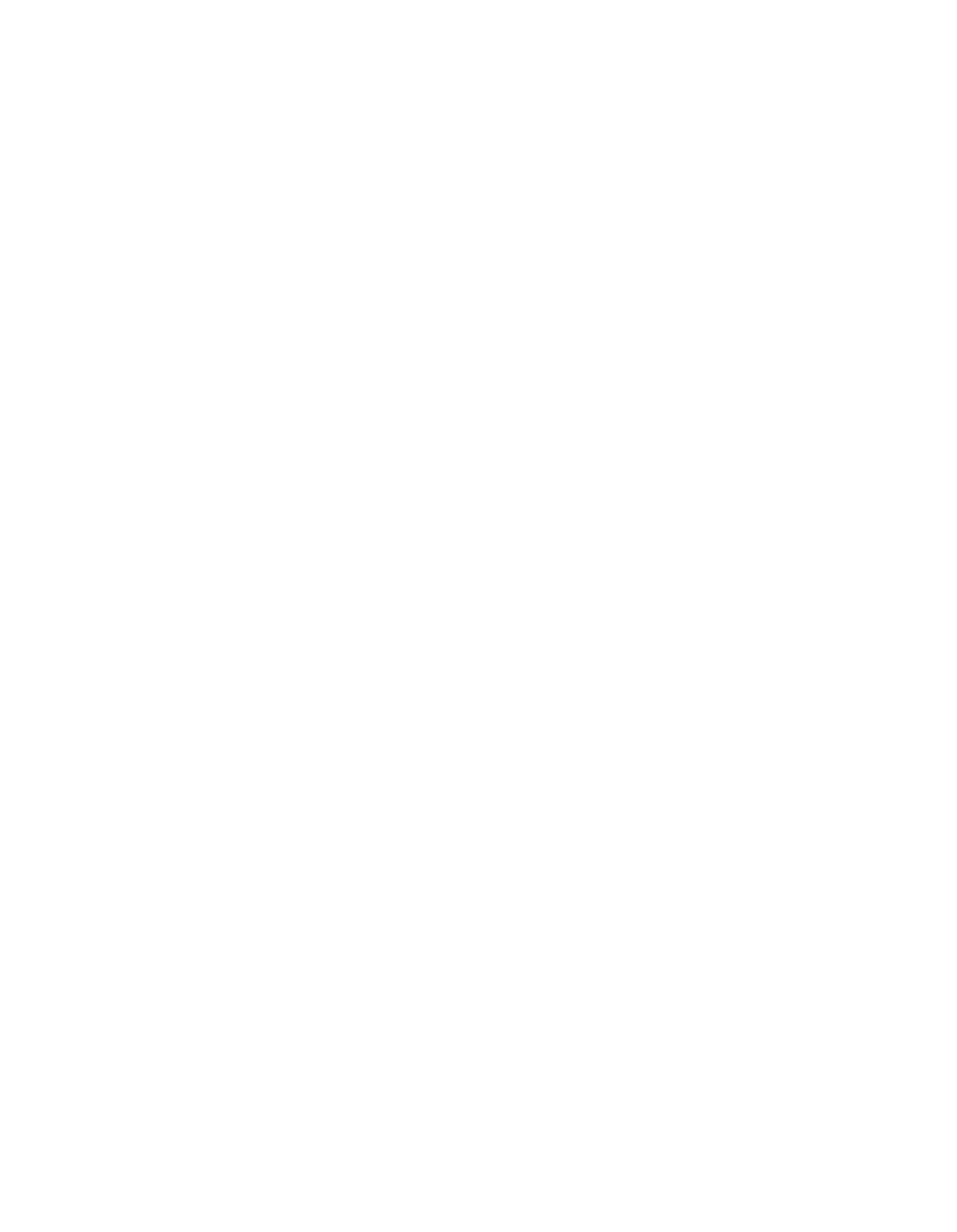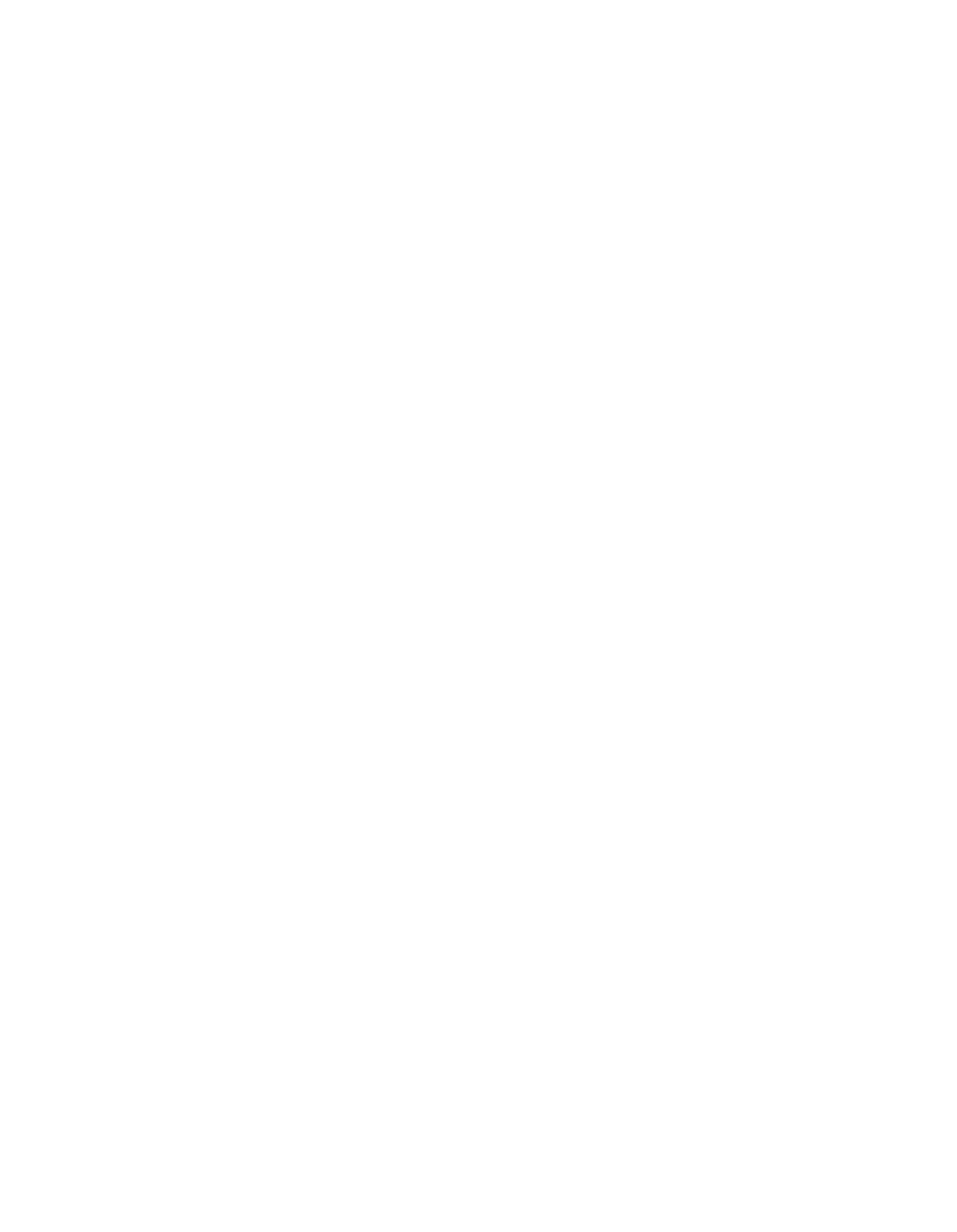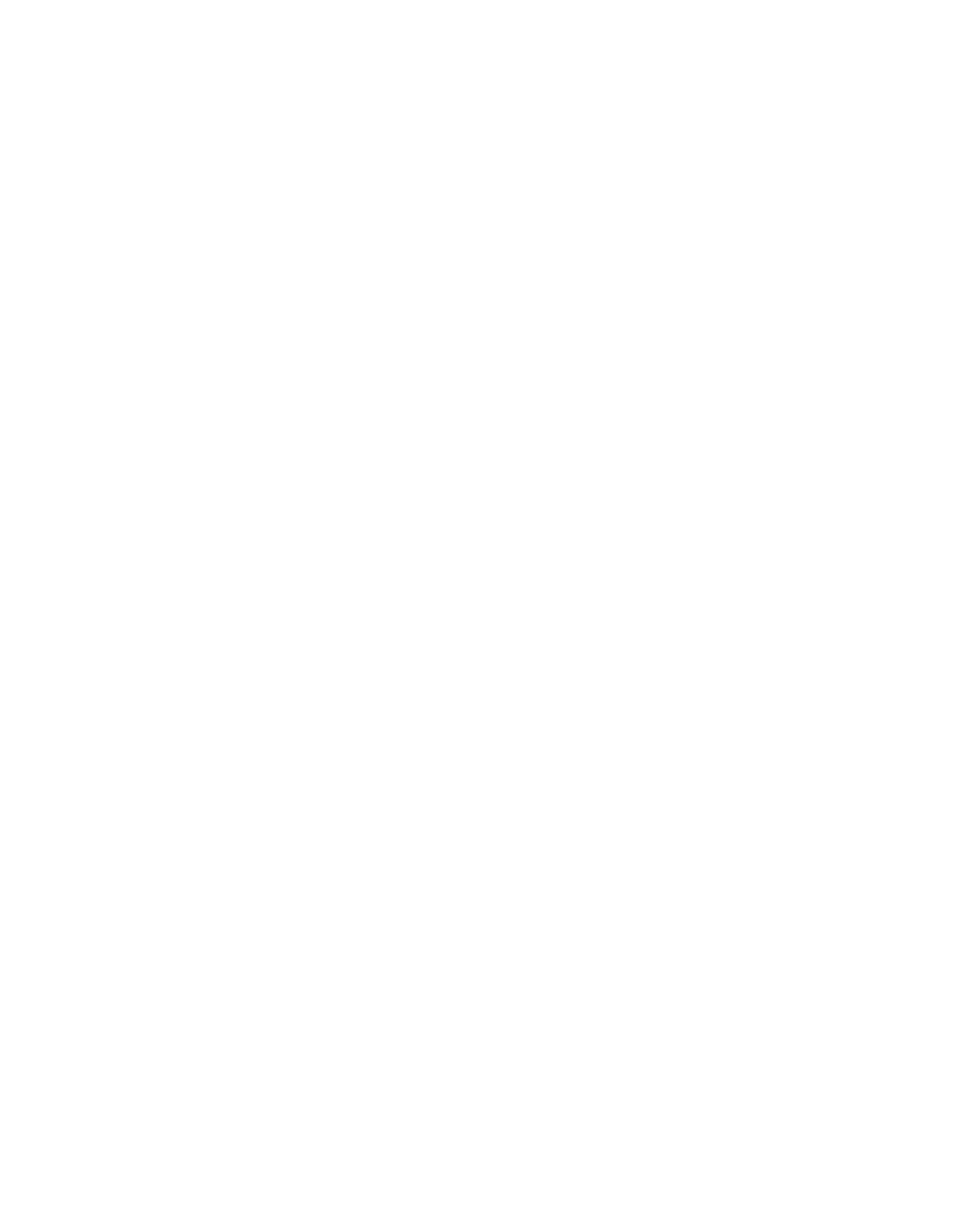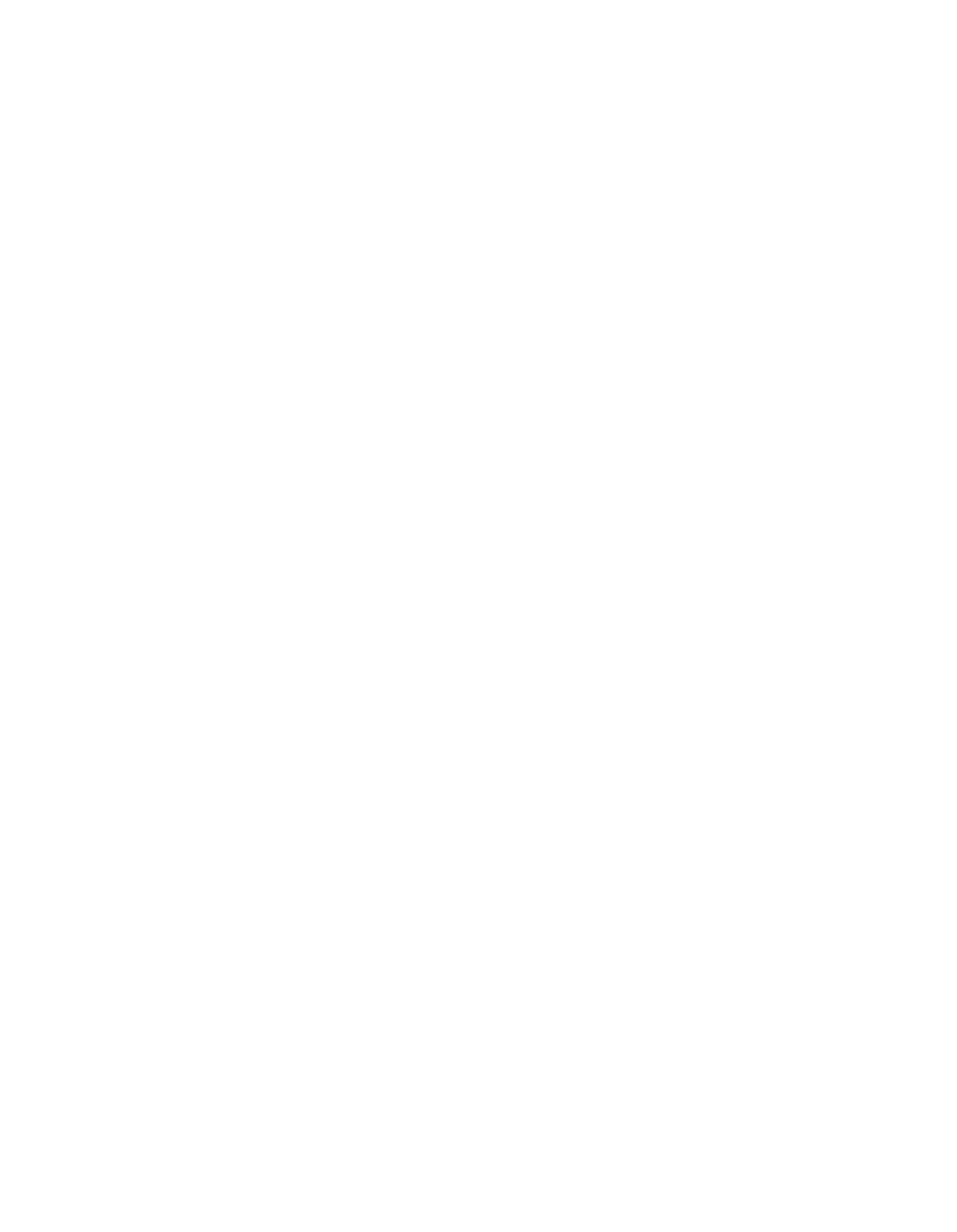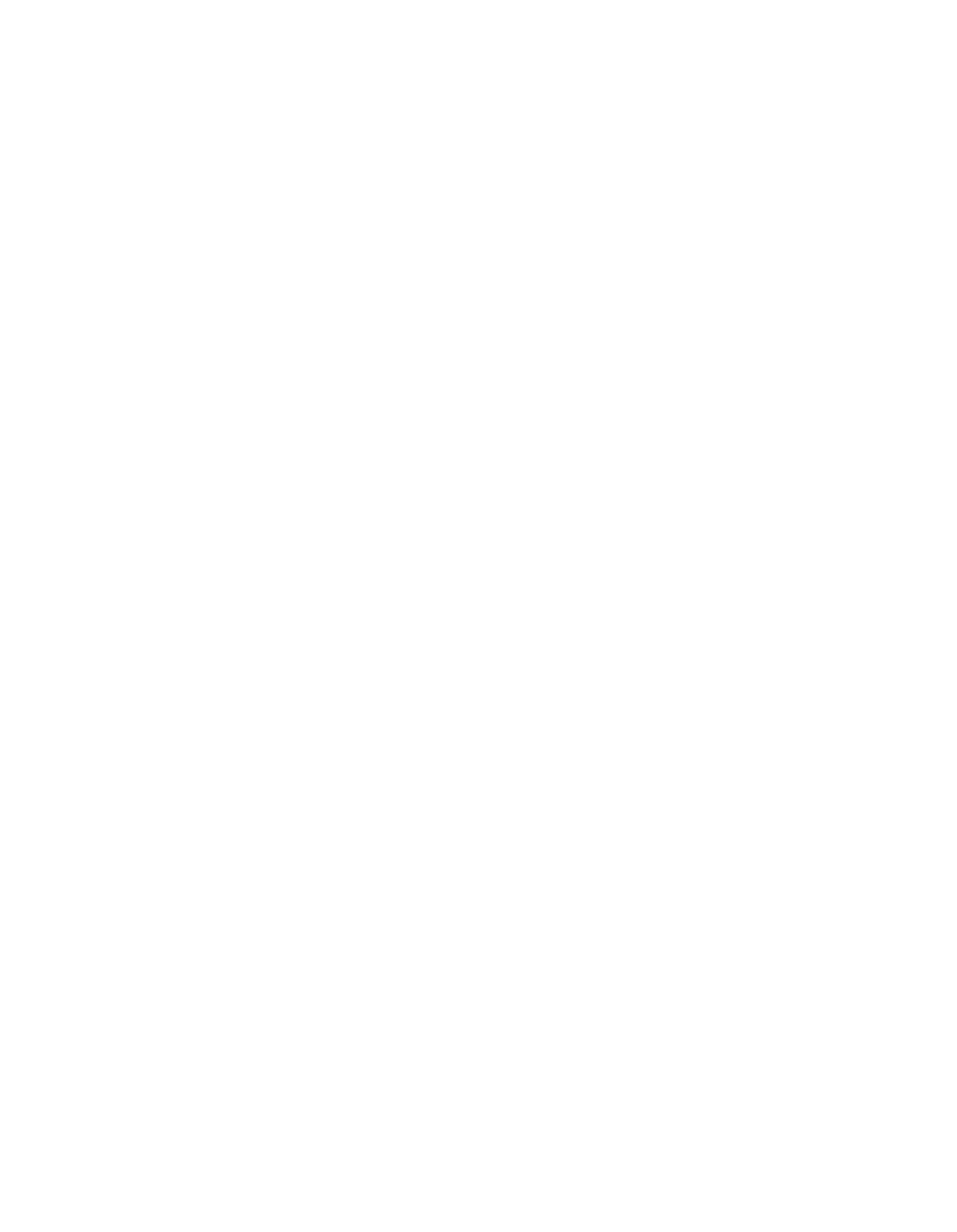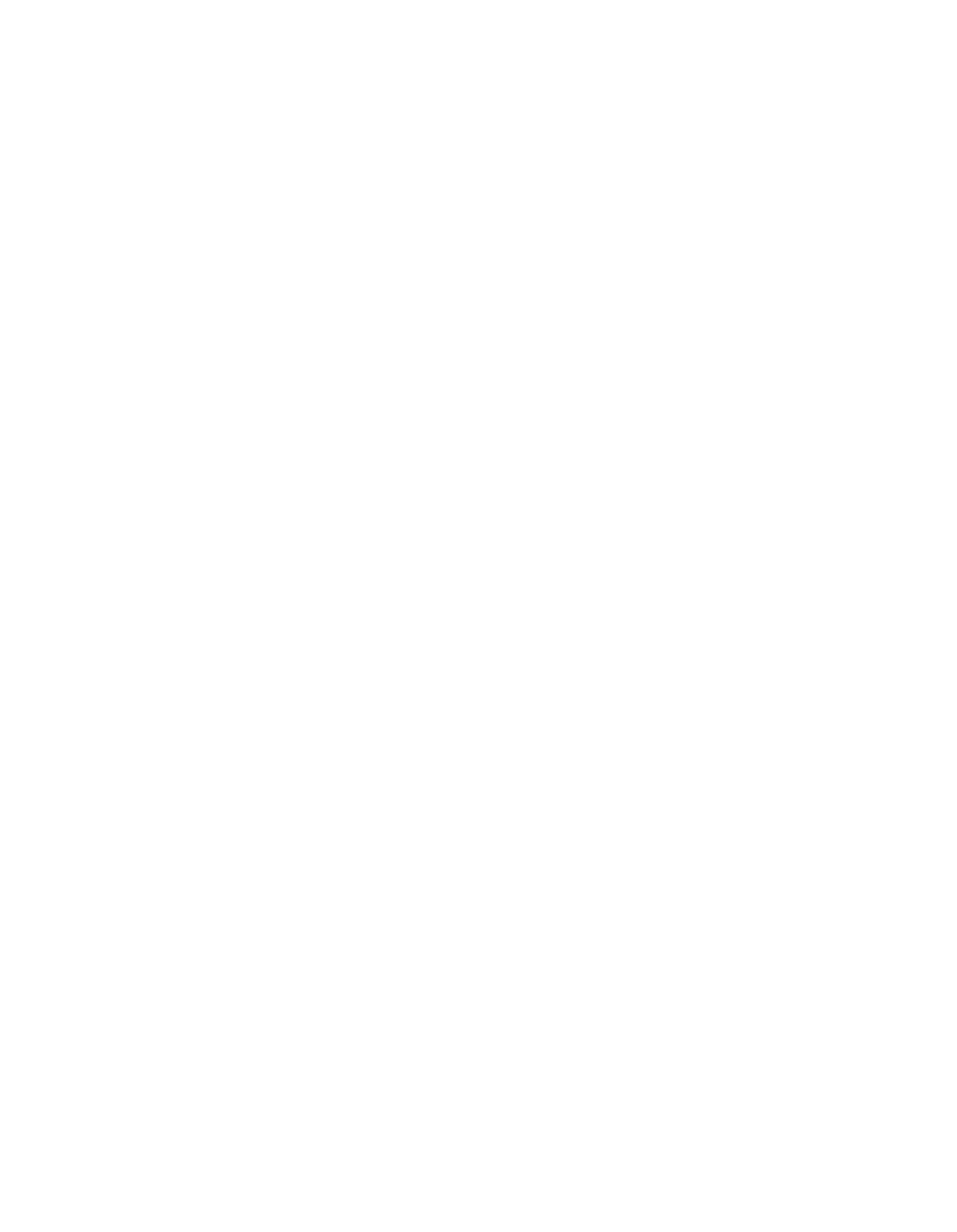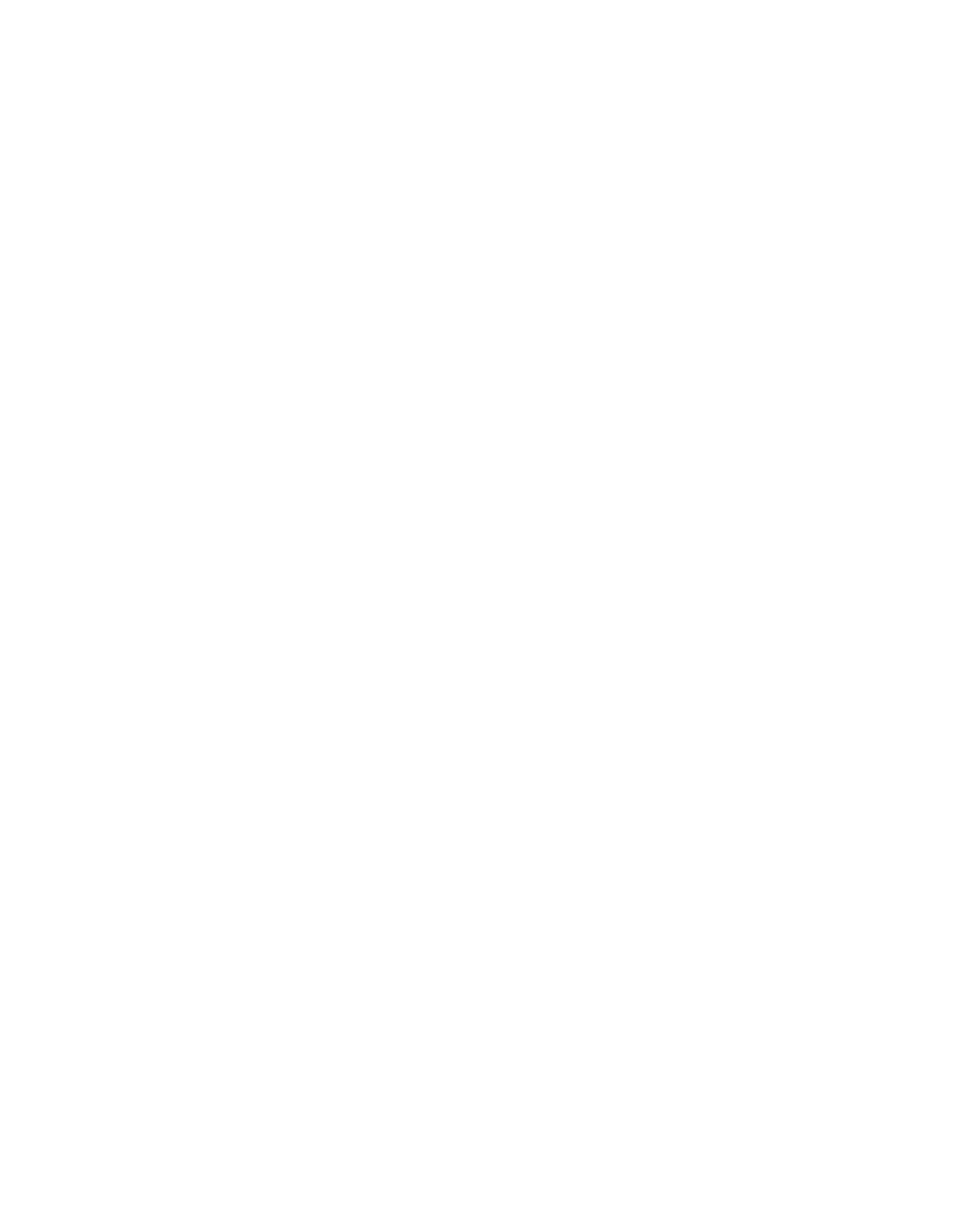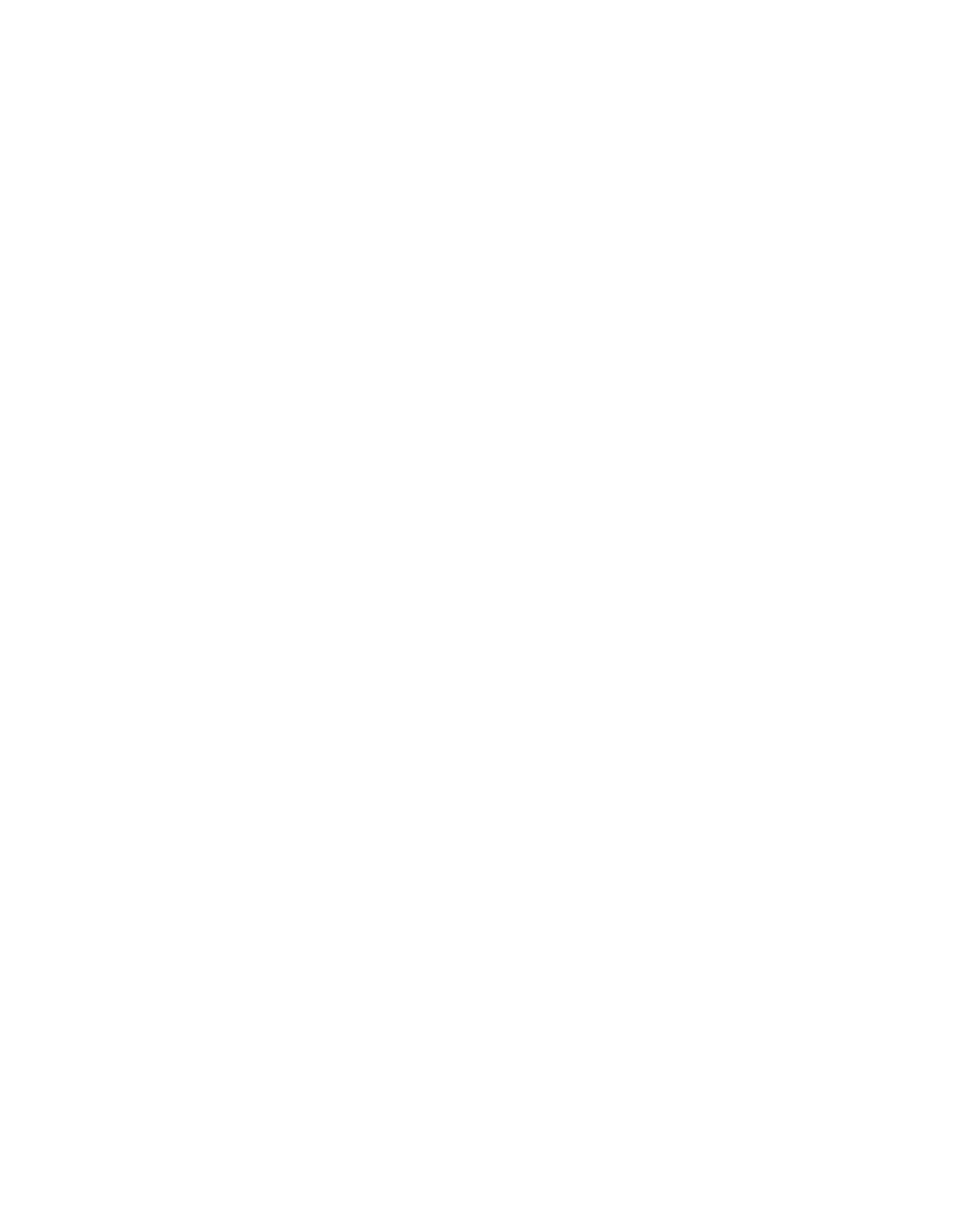ILLINOIS POLLUTION CONTROL BOARD
June 23,
1994
IN THE
MATTER
OF:
)
)
CONTINGENCY MEASURES FOR
)
PM1O EMISSIONS:
AMENDMENTS
)
R93-30
TO 35 ILL.
AD1~1. CODE
)
(Rulemaking)
PARTS 106
AND
212
)
Adopted Rule.
Final Order.
OPINION
AND
ORDER OF THE BOARD
(by J. Theodore Meyer):
On December 30,
1993, the Illinois Environmental Protection
Agency (Agency)
filed this proposal for rulemaking.
The proposal
represents one part of Illinois’ submittal of a complete state
implementation plan
(SIP).
Pursuant to Section 182(a) of the
Clean Air Act (CAA), as amended in 1990,
Illinois was to adopt
and submit its plan by November 15,
1992.
The proposal contains
rules which would establish contingency measures to provide for
additional reductions of PM1&
emissions for specific areas
in
the event that the United States Environmental Protection Agency
finds a failure to attain the standard for PM1O.
The proposed
rules would effect sources located in areas defined as moderate
nonattainment areas for
P1410:
McCook and Lake Calumet Townships
in Cook County, Granite City in Madison County, and a portion of
Oglesby
Township, LaSalle County.
(See 35 Ill.
Adnt.
Code
212.324(a) (1) and 212.423(a).)
The proposal seeks to amend 35
Ill.
Adin.
Code 106 and 212.
The Board’s responsibility in this matter arises from the
Environmental Protection Act (Act).
(415 ILCS 5/1 et
seq.
(1992).)
The Board is charged by the Act to “determine, define,
and implement the environmental control standards applicable in
the state of Illinois.”
(415 ILCS 5/5(b)
(1992).)
More
generally, the Board’s rulemaking charge is based on the system
of checks and balances integral to the Illinois environmental
system:
the Board has responsibility for the rulemaking and
principal adjudicatory functions, while the Agency is responsible
for carrying out the principal administrative duties.
The
Agency’s duties include administering the regulations that are
proposed for adoption in this rulemaking.
This proposal was filed pursuant to Section 28.5 of the
Environmental Protection Act (Act).
(415 ILCS 5/28.5
(1992).)
That section requires the Board to proceed with rulemaking under
PM1O
is defined as “particulate matter with an
aerodynamic diameter less than or equal to a nominal ten
micrometers.”
(35 Ill. Adm. Code 211.4770.)
2
set time—frames.
The Board has no discretion to adjust these
time frames under any circumstances.
Today the Board adopts the
rules.
PROCEDURAL HISTORY
On January
6,
1994, the Board sent this proposal to first
notice under the APA, without commenting on the merits of the
proposal.
The proposal was published in the Illinois Register on
January 28,
1994, at 18 Ill.Reg. 959.
A hearing was held on
February 22,
1994 in Chicago, Illinois.
Previously-scheduled
second and third hearings were cancelled pursuant to Section
28.5(g) of the Act.
(415 ILCS 5/28.5(g)
(1992).)
Pursuant to
Section 28.5(1), the comment period closed on March 15,
1994.
On May 5,
1994,
the Board adopted a second notice opinion
and order.
In that opinion, the Board considered and responded
to all public comments,
in addition to other evidence in the
record.
On June 14,
1994, the Joint Committee on Administrative
Rules
(JCAR)
issued its certificate of no objection.
That
certificate was received by the Board on June 21, 1994.
THE RULES
Section 172(c) (9)
of the
CAA
requires Illinois to modify its
SIP to include contingency measures for all moderate or worse
P1410 nonattaininent areas.
(42 U.S.C.
§7502(c) (9).)
Contingency
measures are regulations that provide for additional reductions
of PM1O emissions for a specific area in the event there is a
finding by the Administrator of USEPA of a failure to attain the
National Ambient Air Quality Standard (NAAQS)
for P1410.
The
CAA
requires that contingency measures be implemented without further
regulatory action after a finding is issued.
A notice of failure
to attain may be issued by USEPA if it does not believe an area
will attain the NAAQS by the
CAA
deadline,
if the area fails to
demonstrate attainment of the standard by the deadline, or if
measured violations of the NAAQS occur after the attainment
deadline.
The statutory deadline for demonstrating attainment of
the standard for P1410
is December 31,
1994.
(Tr. at 11-12; Exh.
1; Statement of Reasons at 1_2.)2
This rulemaking has two purposes.
First, the rules are
intended to satisfy the PM1O contingency requirements of the
CAA
by requiring specific actions should USEPA issue a notice of
failure to attain the
P1410 standard.
Second, the rules include
procedures that attempt to prevent exceedences or violations of
the PM1O standard.
If exceedences are prevented, each
2
For a section—by—section discussion of the Agency’s
proposal, see the Agency’s Statement of Reasons at 15-18.
Attachment A to Exh.
1 is a flow chart describing the basic
components of the contingency program.
3
nonattaimnent area can be redesignated to attainment, and the
state would not be required to develop a SIP which would
implement best available control technology
(BACT)
for P1410.3
(Tr. at 12-14;
Exh.
1;
Statement of Reasons at 5.)
The rules
apply to four geographic areas:
the Lake Calumet and McCook
areas in Cook County, the Granite City area in Madison County,
and a small portion of LaSalle County.
The areas correspond to
the areas regulated by the P1410 rules in 35 Ill. Adm. Code
212.324(a) (1)
and 212.423(a).
(Statement of Reasons at 5—6;
Exh.
1.)
The rules require all sources in the P1410 nonattainment
areas which have actual emissions of 15 tons per year
(TPY)
or
more of
P1410 (both fugitive and point)
to submit contingency
measure plans.
Plans must be submitted to the Agency no later
than November 15,
1994.
(PC #3.)
The proposal includes three
“legs”:
1)
controls are requested, but not required, when there
are one or more exceedences of the 24—hour NAAQS for P1410, but
prior to a violation of the NAAQS;
2) controls are required when
there is a violation of the NAAQS, but prior to the issuance of a
notification of failure to attain the NAAQS by USEPA;
and 3)
controls are required when there is a finding of failure to
attain the NAAQS.
The first “leg”
is intended to avoid a
violation of the NAAQS.
The second “leg”
is intended to act as
a
buffer following a violation of the NAAQS, while the Agency
attempts to demonstrate to USEPA that issuance of a “failure to
attain”
is not necessary.
The third “leg”
is necessary to
satisfy the requirements of the CAA.
(Exh.
1; Statement of
Reasons at 6.)
Contingency plans must show controls at two levels.
Level
I
measures must demonstrate total source-wide reductions of
fugitive emissions of P1410 of at least 15,
while Level II
measures must demonstrate reductions of at least 25.
A source
may propose an alternative control plan which includes controls
of any combination of fugitive emissions, process emissions, or
fuel combustion emissions,
subject to Agency and USEPA approval.
control of fugitive emissions of
P1410 must be implemented within
90 days following a finding of culpability by the Agency.
(Exh.
1; Statement of Reasons at 8.)
If USEPA issues a notice of failure to attain the P1410
standard, the state is required to submit a SIP revision
implementing BACT for all sources in the area.
(42 U.S.C.
§7513a(b)
(1)
(B).)
4
If there is an exceedence4 of the P1410 standard, the Agency
will determine which sources are culpable, and request that those
sources implement either Level
I or Level II measures, depending
upon the magnitude of the exceedence.5
Implementation of
controls at this stage is voluntary.
(Exh.
1; Statement of
Reasons at 9-10.)
If there is a violation of the standard, the
Agency will identify and notify culpable sources, and require
Level I or Level
II measures.
After the source implements
sufficient controls to insure attainment, the Agency will contact
USEPA and request that USEPA not issue a finding of failure to
attain.
The Agency intends to provide USEPA with proof that the
causes of the exceedences and violation have been identified and
corrected, and that there is therefore no need for USEPA to find
a failure to attain.
(Exh.
1; Statement of Reasons at 10.)
If
USEPA does issue a finding of failure to attain, all sources in
the area will be required to implement Level II controls within
90 days of notification of that finding.
The Agency would then
develop a SIP imposing BACT,
to be submitted to USEPA within 18
months.
(Exh.
1; Statement of Reasons at 10.)
If more than one source is determined to be culpable for an
exceedence,
those sources have the option to “trade” required
reductions if those sources can demonstrate equivalent air
quality benefits.
This would allow one source to over—control,
while allowing another source to under-control.
(Exh.
1;
Statement of Reasons at 11.)
CONCLUSION
The Board finds that the rules are technically feasible and
economically reasonable,
and that the rules are necessary to meet
the requirements of the Clean Air Act.
We find that the record
supports adopting the rules,
as amended in our May 5 second
notice opinion and order.
The only additional changes made to
the rules are non-substantive technical corrections, such as the
addition of commas, to Sections 106.931(a),
106.933(a),
212.113(j) and
(k), 212.701(c),
212.702(b), and 212.704.
An exceedence means that the numerical standard for
P1410 has been reached, but that there are not a sufficient number
of exceedences to be considered a violation of the standard.
Normally, four exceedences of the 24—hour standard within a three
year period would constitute a violation of the standard.
(See
40 CFR 50, Appendix K (1992).)
The procedure for identifying culpable sources, known
as a finding of culpability,
is set forth in Section 212.702.
The Agency’s determination of culpability is appealable to the
Board pursuant to procedures set out in Subpart J to 35 Ill.
Adm.
Code 106.
5
ORDER
The Board hereby adopts the following amendments to 35 Ill.
Adm. Code Parts 106 and 212.
The amendments are to be submitted
to the Secretary of State.
TITLE 35:
ENVIRONMENTAL PROTECTION
SUBTITLE A:
GENERAL
PROVISIONS
CHAPTER I:
POLLUTION CONTROL BOARD
PART
106
HEARINGS PURSUANT
TO
SPECIFIC
RULES
SUBPART
A:
HEATED
EFFLUENT
DEMONSTRATIONS
Section
106.101
Petition
106.102
Requirements
for
Petition
106.103
Parties
106. 104
Recommendation
106.105
Notice
and
Hearing
106. 106
Transcripts
106.107
Opinion
and
Order
SUBPART B:
ARTIFICIAL COOLING
LAKE DEMONSTRATIONS
Section
106.201
Petition
106.202
Notice and Hearing
106.203
Transcripts
106.204
Effective Date
SUBPART C:
SULFUR DIOXIDE DEMONSTRATIONS
Section
106.301
Petition
106.302
Requirements for Petition
106.303
Parties
106.304
Recommendation
106.305
Notice and Hearing
106.306
Transcripts
SUBPART D:
RCRA ADJUSTED
STANDARD
PROCEDURES
Section
106.401
Petition (Repealed)
106.402
Notice of Petition (Repealed)
106.403
Recommendation (Repealed)
106.404
Response (Repealed)
106.405
Public Comment (Repealed)
106.406
Public Hearings (Repealed)
106.407
Decision (Repealed)
6
106.408
106. 410
106.411
106.412
106.413
106.414
106.415
106.416
Section
106.501
106.502
106.503
106.504
106.505
106.506
106.507
Appeal
(Repealed)
Scope and Applicability
Joint or Single Petition
Request to Agency to Join as Co-Petitioner
Contents of Petition
Response and Reply
Notice and Conduct of Hearing
Opinions and Orders
SUBPART E:
AIR ADJUSTED STANDARD PROCEDURES
Scope and Applicability
Joint or Single Petition
Request to Agency to Join As Co-Petitioner
Contents of Petition
Response and Reply
Notice and Conduct of Hearing
Opinions and Orders
SUBPART F:
WATER WELL SETBACK EXCEPTION PROCEDURES
Section
106.601
106. 602
106.603
106.
604
106.
605
Scope and Applicability
Contents of Petition
Response and Reply
Notice and Conduct of Hearing
Opinions and Orders
SUBPART G:
ADJUSTED STANDARDS
Applicability
Definitions
Joint or Single Petition
Request to Agency to Join As Co-Petitioner
Petition Contents
Petition Verification
Federal Procedural Requirements
Incorporated Material
Motions
Service of Filings
Petition Notice
Proof of Petition Notice
Request for Public Hearing
Agency Response
Amended Petition and Amended Response
Hearing Scheduled
Hearing Notice
Pre-Hearing Submission of Testimony and Exhibits
Discovery
Admissible Evidence
Section
106.701
106.
702
106.703
106.704
106.705
106.706
106.707
106.
708
106.709
106.710
106.711
106.712
106.7 13
106. 714
106.715
106.801
106.802
106.803
106.804
106.805
7
106.806
Order of Hearing
106.807
Post—hearing Comments
106.808
Burden of Proof
106.901
Board Deliberations
106.902
Dismissal of Petition
106.903
Board Decision
106.904
Opinion and Order
106.905
Appeal of Board Decisions
106.906
Publication of Adjusted Standards
106.907
Effect of Filing a Petition
SUBPART
H:
REVOCATION
AND
REOPENING OF CLEAN AIR ACT PERMIT
PROGRAM
(CAAP) PERMITS
Section
106.920
Applicability
106.921
Definitions
106.923
Response and Reply
106.924
Notice and Hearing
106.925
Opinion and Order
SUBPART
J:
CULPABILITY
DETERMINATIONS
Section
106.930
Applicability
106.931
Petition for Review
106.932
ResPonse and Reply
106.933
Notice and Hearing
106.934
OPinion and Order
Appendix A:
Old Rule Numbers Referenced
AUTHORITY:
Implementing Sections
5,
14.2(c),
22.4,
27, 28~
28.1.
28.5 and 39.5 and authorized by Section~26 and 39.5 of the
Environmental Protection Act,
(415 ILCS 5/5,
14.2(c), 22.4,
27,
28,
28.1,
28.5,
26 and 39.5).
SOURCE:
Filed with Secretary of State January
1,
1978; amended
at
4
Ill. Reg.
2,
p.
186, effective December 27,
1979; codified
at
6 Ill.
Reg.
8357;
amended in R85—22 at 10 Ill.
Reg.
992,
effective February 2,
1986; amended in R86-46 at 11 Ill. Reg.
13457, effective August 4,
1987; amended in R82—1 at 12 Ill. Reg.
12484, effective July 13,
1988; amended in R88—10 at 12
Ill.
Reg.
12817, effective July 21,
1988; amended in R88—5(A) at 13 Ill.
Reg. 12094, effective July 10,
1989; amended in R88-5(B) at 14
Ill.
Reg. 9442,
effective June 5,
1990; amended in R93—24 at 18
Ill.
Reg. 4230,
effective March 8,
1994; amended in R93—30 at 18
Ill.
Reg.
_________,
effective
________________
NOTE:
Capitalization denotes statutory language.
8
SUBPART J:
CULPABILITY DETERMINATIONS
Section 106.930
A~plicabi1itv
The provisions of this Suboart shall apolv to any a~~ea1
initiated by an owner or operator of a source øursuant to a
finding of culnabilitv by the Illinois Environmental Protection
Agency (Agencv~under 35
Iii. Adm. Code 212.702.
(Source:
Added at 18 Ill.
Reg.
_____,
effective
____________)
Section 106.931
Petition for Review
~
A proceeding brouaht under this Subpart shall be
commenced by the owner or operator of a source by
filing the original and nine copies of a petition for
review with the Clerk of the Pollution Control Board
(Board~. The petitioner shall serve upon the Aaencv
one co~vof the petition for review.
b)
General filing and practice rules are set forth in 35
Ill. Adm. Code 101.
c)
A petition for review filed pursuant to this Subpart
shall include, but need not be limited to:
1)
A copy of the letter, or other written
communication, setting forth the Agency’s finding
of culpability;
2)
A clear identification of the county in which the
source is located; and
3)
A detailed description of, and justification for,
the source’s position that the Agency’s finding of
culpability is incorrect.
(Source:
Added at 18 Ill. Reg.
_____,
effective
____________
Section 106.932
Response and Reply
~j
The Agency shall file a response to a petition
appealing a determination of culpability within 21 day~
after service of the petition.
~j
The Agency’s response shall contain, at a minimum, the
basis of its determination of the petitioner’s
culpability. including any meteorological, monitoring,
or sampling data upon which the determination was made.
~J
The petitioner may file a re~lvwithin
7 days after the
service of any resPonse bY the Agency.
9
(Source:
Added at 18 Ill.
Reg.
_____,
effective
____________)
Section 106.933
Notice and Hearing
~j.
Within
14 days after a petition is filed, the AaencY
shall publish notice of such petition in a newspaper of
general circulation in the county in which the source
is located.
Within 30 daYs after the filing of the
petition. any Person may file with the Clerk of the
Board a request for hearing on the petition.
~
The hearing officer will schedule any hearing.
The
Clerk of the Board shall give notice of the hearing
in
accordance with 35
Ill. Adm. Code 103.
The ~roceeding
shall be conducted in accordance with 35 Ill. AUm. Code
103.
~j
The burden of proof in aPPeals pursuant to this Subpart
is on the petitioner.
(Source:
Added at 18 Ill. Reg.
_____,
effective
)
Section 106.934
Opinion and Order
The Board will issue a written opinion and order that sets forth
the Board’s decision and supporting rationale.
(Source:
Added at 18 Ill.
Reg.
_____
effective
)
TITLE 35:
ENVIRONMENTAL PROTECTION
SUBTITLE B:
AIR POLLUTION
CHAPTER
I:
POLLUTION CONTROL BOARD
SUBCHAPTER
c:
EMISSION
STANDARDS
AND
LIMITATIONS
FOR STATIONARY SOURCES
PART 212
VISIBLE AND PARTICULATE MATTER EMISSIONS
SUBPART A:
GENERAL
Section
212.100
212. 107
212.108
212.109
212. 110
212. 111
212.112
212.
113
Scope and Organization
Measurement Method for Visible Emissions
Measurement Methods for P14-10 Emissions
Measurement Methods for Opacity
Measurement Methods for Particulate Matter
Abbreviations and Units
Definitions
Incorporations by Reference
SUBPART B:
VISIBLE EMISSIONS
10
Section
212.121
212.122
212.123
212
•
124
212.125
212.126
Section
212.181
212.182
212.183
212.184
212.185
Opacity Standards
Limitations for Certain New Sources
Limitations for All Other Sources
Exceptions
Determination of Violations
Adjusted Opacity Standards Procedures
SUBPART D:
PARTICULATE
MATTER
EMISSIONS
FROM INCINERATORS
Limitations for Incinerators
Aqueous Waste Incinerators
Certain Wood Waste Incinerators
Explosive Waste Incinerators
Continuous Automatic Stoking Animal Pathological Waste
Incinerators
SUBPART E:
PARTICULATE MATTER EMISSIONS
FROM FUEL COMBUSTION EMISSION SOURCES
Sect ion
212.201
212.204
212.205
212.206
212.207
212. 208
212.209
212.210
Section
212.301
212
•
302
212
•
304
212.305
212.306
212.307
212.308
212.309
212.310
212
•
203
Existing Sources Using Solid Fuel Exclusively Located
in the Chicago Area
212.202
Existing Sources Using Solid Fuel Exclusively Located
Outside the Chicago Area
Existing Controlled Sources Using Solid Fuel
Exclusively
New Sources Using Solid Fuel Exclusively
Existing Coal-fired Industrial Boilers Equipped with
Flue Gas Desulfurization Systems
Sources Using Liquid Fuel Exclusively
Sources Using More Than One Type of Fuel
Aggregation of Existing Sources
Village of Winnetka Generating Station
Emissions Limitations For Certain Fuel Combustion
Emission Sources Located in the Vicinity of Granite
City
SUBPART K:
FUGITIVE
PARTICULATE MATTER
Fugitive Particulate Matter
Geographical Areas of Application
Storage Piles
Conveyor Loading Operations
Traffic Areas
Materials Collected by Pollution Control Equipment
Spraying or Choke—Feeding Required
Operating
Program
Minimum
Operating
Program
11
Amendment to Operating Program
Emission Standard for Particulate Collection Equipment
Exception for Excess Wind Speed
Covering for Vehicles
Emission Limitations for Sources in Certain Areas
SUBPART L:
PARTICULATE
MATTER
EMISSIONS
FROM PROCESS EMISSION SOURCES
New Process Sources
Existing Process Sources
Stock Piles
Process Emission Sources in Certain Areas
SUBPART N:
FOOD MANUFACTURING
Corn Wet Milling Processes
Sources in Certain Areas
SUBPART 0:
PETROLEUM REFINING,
PETROCHEMICAL AND
CHEMICAL MANUFACTURING
Section
212.381
Catalyst
Regenerators
of
Fluidized
Catalytic
Converters
SUBPART
Q:
STONE,
CLAY,
GLASS
AND
CONCRETE
MANUFACTURING
Section
212.421
New
Portland
Cement
Processes
212.422
Portland
Cement
Manufacturing
Processes
212.423
Emission
Limits
for the Portland Cement Manufacturing
Plant
Located
in LaSalle County, South of the Illinois
River
212.424
Fugitive Particulate Matter Control for the Portland
Cement Manufacturing Plant and Associated Quarry
Operations Located in LaSalle County, South of the
Illinois River
212.425
Sources in Certain Areas
SUBPART
R:
PRIMARY
AND
FABRICATED
METAL
PRODUCTS
AND
MACHINERY
MANUFACTURE
212.312
212.313
212
•
314
212.315
212.316
Section
212.321
212.322
212.323
212.324
Section
212.361
212.362
Section
212 .441
212.442
212.443
212.444
212.445
212 .446
Steel Manufacturing Processes
Beehive Coke Ovens
By Product Coke Plants
Sinter Processes
Blast Furnace Cast Houses
Basic Oxygen Furnaces
12
212.447
212.448
212.449
212.450
212.451
212.452
212.455
212.456
212.457
212.458
Section
212.461
212.462
212.463
212.464
Section
212
•
681
Hot Metal Desulfurization Not Located in the BOF
Electric Arc Furnaces
Argon—Oxygen Decarburization Vessels
Liquid Steel Charging
Hot Scarfing Machines
Measurement Methods
Highlines on Steel Mills
Certain Small Foundries
Certain Small Iron-melting Air Furnaces
Sources in Certain Areas
SUBPART
5:
AGRICULTURE
Grain Handling and Drying in General
Grain Handling Operations
Grain Drying Operations
Sources in Certain Areas
SUBPART T:
CONSTRUCTION AND WOOD PRODUCTS
Grinding, Woodworking, Sandblasting and Shotblasting
SUBPART U:
ADDITIONAL CONTROL MEASURES
Section
212.700
212.701
212.702
212.703
212.704
212.705
applicability
Contingency Measure Plans,
Submittal and Compliance
Date
Determination of Contributing Sources
Contingency Measure Plan Elements
Im~lementation
Alternative Implementation
212.Appendix A Rule into Section Table
212.Appendix B Section into Rule Table
212.Appendix C Past Compliance Dates
212.Illustration A: Allowable Emissions from Solid Fuel
Combustion Emission Sources Outside Chicago
212.Illustration B: Limitations for all New Process Emission
Sources
212.Illustration C: Limitations for all Existing Process Emission
Sources
212.Illustration D: McCook Vicinity Map
212.Illustration
E: Lake Calumet Vicinity Map
212.Illustration F: Granite City Vicinity Map
AUTHORITY:
Implementing Section 10 and authorized by Section 27
and 28.5 of the Environmental Protection Act 415
ILCS 5/10,27
and 28.5).
13
SOURCE:
Adopted as Chapter
2:
Air Pollution, Rules 202 and 203:
Visual and Particulate Emission Standards and Limitations,
R71—23,
4 PCB 191, filed and effective April 14,
1972;
amended in
R77-15,
32 PCB 403,
at
3 Ill.
Reg.
5,
p. 798, effective February
3,
1979; amended in R78—10,
35 PCB 347, at 3
Ill.
Reg.
39,
p.
184, effective September 28,
1979; amended in R78-l1,
35 PCB 505,
at
3 Ill. Reg.
45,
p.
100, effective October 26,
1979;
amended in
R78—9,
38 PCB 411,
at
4 Ill. Reg.
24,
p.
514, effective June 4,
1980; amended in R79—1l,
43 PCB 481, at
5 Ill. Reg.
11590,
effective October 19,
1981; codified at
7 Ill.
Reg. 13591;
amended in R82-1
(Docket A),
10 Ill. Reg.
12637, effective July
9,
1986; amended in R85—33 at 10 Ill. Reg.
18030, effective
October 7,
1986; amended in R84-48 at 11 Ill. Reg.
691, effective
December 18,
1986; amended in R84—42 at 11 Ill. Reg.
1410,
effective December 30,
1986; amended in ~R82-1 (Docket B) at 12
Ill. Reg.
12492, effective July 13,
1988; amended in R91—6 at 15
Ill. Reg.
15708, effective October 4,
1991;
amended in R89—7(B)
at 15 Ill. Reg.
17710, effective November 26,
1991; amended in
R91—22 at 16 Ill.
Reg. 7880,
effective May 11,
1992;
amended in
R91—35 at 16 Ill.
Reg. 8204, effective May 15,
1992; amended in
R93—30 at 18 Ill.
Reg.
____,
effective
_________________
PART 212
VISIBLE
AND
PARTICULATE
MATTER MEASURES
SUBPART A:
GENERAL
Section 212.113
Incorporations by Reference
The following materials are incorporated by reference.
These
incorporations do not include any later amendments or editions.
a)
Ringelmann Chart,
Information Circular 833
(Revision of
1C7718), Bureau of Mines, US. Department of Interior,
May 1,
1967.
b)
40 CFR 60, Appendix A (1991):
1)
Method
1:
Sample and Velocity Traverses for
Stationary Sources;
2)
Method 1A:
Sample and Velocity Traverses for
Stationary Sources with Small Stacks or Ducts;
3)
Method
2:
Determination of Stack Gas Velocity and
Volumetric Flow Rate (Type S pitot tube);
4)
Method 2A:
Direct Measurement of Gas Volume
Through Pipes and Small Ducts;
5)
Method 2C:
Determination of Stack Gas Velocity
and Volumetric Flow Rate in Small Stacks or Ducts
14
(Standard Pitot Tube);
6)
Method 2D:
Measurement of Gas Volumetric Flow
Rates
in Small Pipes and Ducts;
7)
Method
3:
Gas Analysis for Carbon Dioxide,
Oxygen, Excess Air, and Dry Molecular Weight;
8)
Method 4:
Determination of Moisture Content in
Stack Gases;
9)
Method 5:
Determination of Particulate Emissions
From Stationary Sources;
10)
Method 5A:
Determination of Particulate Emissions
From the Asphalt Processing and Asphalt Roofing
Industry;
11)
Method SD:
Determination of Particulate Matter
Emissions From Positive Pressure Fabric Filters;
12)
Method SE:
Determination of Particulate Emissions
From the Wool Fiberglass Insulation Manufacturing
Industry;
13)
Method 9:
Visual Determination of the Opacity of
Emissions from Stationary Sources;
14)
Method 22:
Visual Determination of Fugitive
Emissions from Material Sources and Smoke
Emissions from Flares.
c)
40 CFR 51 Appendix
14 (1990):
1)
Method 201:
Determination of P14-10 Emissions;
2)
Method 201A:
Determination of P14-10 Emissions
(Constant Sampling Rate Procedures).
d)
40 CFR 60.672(b),
(c),
(d) and
(e)
(1991).
e)
40 CFR 60.675(c) and
(d)
(1991).
f)
ASAE Standard 248.2,
Section
9, Basis for Stating
Drying Capacity of Batch and Continuous-Flow Grain
Dryers, American Society of Agricultural Engineers,
2950 Niles Road,
St. Joseph, MI 49085.
g)
U.S. Sieve Series, ASTM-E11, American Society of
Testing Materials,
1916 Race Street, Philadelphia, PA
19103.
15
h)
55 Fed. Reg.
41546,
(October 12,
1990), Method 202:
Determination of Condensible Particulate Emissions from
Stationary Sources.
1)
Standard Methods for the Examination of Water and
Wastewater, Section 209C,
“Total Filtrable Residue
Dried at 103
-
105°C,”15th Edition,
1980, American
Public Health Association 1015 Fifteenth Street, N.W.,
Washington,
D.C. 20005.
jj.
“Guideline on the Identification and Use of Air Quality
Data Affected by Exceptional Events,” U.S.
Environmental Protection Agency.
Office of Air and
Radiation, Office of Air Quality Planning and Standards
Monitoring and Data Analysis Division, Research
Triangle Park. N.C.
27711.
EPA—450/4—86—007 July 1986.
ki
“Guideline on Air Quality Models
(Revised).” U.S.
Environmental Protection Agency, Office of Air Quality
Planning and Standards. Research Triangle Park, N.C.
27711. EPA—450/2—78—027R July 1986.
fl
40 CFR 50, ApPendix K (1992), “Interpretation of the
National Ambient Air Quality Standard for Particulate
Matter”.
(Source:
Amended at 18 111. Reg.
_____,
effective
____________)
SUBPART
U:
ADDITIONAL CONTROL MEASURES
Section 212.700
Applicability
~j
This Subpart shall ap~lvto those sources in the areas
designated in and sublect to Sections 212.324(a) (1) or
212.423(a) and that have actual annual source—wide
emissions of P14-10 of at least fifteen
(15) tons Per
year.
~j.
A source’s actual annual source—wide emissions of P14-10
shall be the total of its fugitive emissions and its
stack emissions from process emission units and fuel
combustion emission units and as set forth
in the
source’s Annual Emissions Report submitted Pursuant to
35 Ill. Adm. Code 254 or,
for a newly-constructed
source or emission unit, the estimated emissions
included in the permit aPplication.
(Source:
Added at 18 Ill.
Reg.
,
effective
_____________)
Section 212.701
Contingency Measure Plans.
Submittal and
Compliance Date
16
~
Those sources subject to this Subpart shall prepare
contingency measure plans reflecting the P14—10 emission
reductions set forth in Section 212.703 of this
Subpart.
These plans shall become federally
enforceable permit conditions.
Such plans shall be
submitted to the Agency by November 15.
1994.
Notwithstanding the foregoing, sources that become
subiect to the provisions of this Subpart after July
1..
994,
shall submit a contingency measure plan to the
Agency for review and approval within ninety
(90) days
after the date such source or sources became subiect to
the provisions of this Subpart or by November
15. 1994.
whichever is later.
The Aaencv shall notify those
sources requiring contingency measure plans,
based on
the Agency’s current information; however, the Agency’s
failure to notify any source of its reauirement to
submit contingency measure clans shall not be a defense
to a violation of this Subpart and shall not relieve
the source of its obligation to timely submit a
contingency measure plan.
~j
If the Agency disapproves the initial submittal of a
contingency measure ~1an or a source fails to revise a
plan so that it is approvable, the Agency shall
so
notify the source in writing and the source may treat
such notice as a permit denial.
~j
Sources having operational chances subiect to Sections
212.304.
212.305.
212.306.
212.308.
212.316(a)
through
(e).
212.424
or 212.464 which require either a new
permit or a revision to an existing permit,
shall.
within 30 days after such changes.
submit a reguest to
modify its permit in order to include a new.
appropriate contingency measure plan.
Such new elan
shall be subject to the requirements of this Subpart.
~j.. A source may.
consistent with the requirements of this
Subpart and any applicable permitting requirements,
propose revisions to its contingency measure plan.
(Source:
Added at
18 Ill. Reg.
_____,
effective
____________)
Section 212.702
Determination of Contributing Sources
~J
If the review of monitoring data reveals an exceedence
of the 24-hour ambient air quality standard for PM-b
found at 35 Ill.
Adxn.
Code 243.120, the Aaency shall
attempt to determine the source or sources causing or
contributing to the exceedence.
~j
In determining whether a source has caused or
contributed to an exceedence of the 24—hour ambient air
17
g~ialitvstandard for P14-10. the Aaencv maY take
whatever steps are necessary to determine which source
or sources are culpable for the exceedence,
including.
but not limited to:
~j.
Evaluating whether the exceedence can be
classified as an “exceptional event” pursuant to
the “Guideline on the Identification and Use of
Air quality Data Affected
by
Exceptional Events.”
incorporated by reference in Section 212.113 of
this Part
~j
Reviewing operating records of the source or
sources identified pursuant to subsections
(b) (3)
and
(b) (4) below to determine whether any source
or sources so identified experienced
a malfunction
or breakdown or violated any term or condition of
its operatin~permit which contributed to the
exceedence:
~j.
Evaluating the monitoring equipment filter
evidencing the exceedence to determine the tyPes
of sources that contributed to the exceedence; and
jl.
Evaluating meteorological data and conducting
dispersion analyses pursuant to the “Guideline on
Air Ouality Models
(Revised)
.“
incorporated by
reference in Section 212.113 of this Part, to
determine which source or sources caused or
contributed to the exceedence.
~j
If the A~encvdetermines that the exceedence can be
classified as an exceptional event, the Aaencv shall
make a written reauest to USEPA to void the exceedence.
If the exceedence has been caused by an “exceptional
event.”_the Aaency shall make no re~estsupon any
source for Level
I or Level
II controls pursuant to
Section 212.704(a) or
(b) of this Subpart until such
time as USEPA has denied the Agency’s reauest to void
the exceedence or until an additional exceedence of the
24—hour ambient air quality standard which is not due
to an exceptional event, as determined by the Agency,
has been monitored for the same area.
~j
If the Agency determines that the exceedence was due to
a malfunction or breakdown or violation of any term ~
condition of a source’s operating permit, the Agency
shall contact such source and may pursue appropriate
action under 35 Ill. Adm. Code 103.
~j
The Agency’s determination of culpability of a source
is a~~ealableto the Board pursuant to the Procedures
18
set forth at 35 Ill.
Adin.
Code 106.Subpart J.
(Source:
Added at 18 Ill. Reg
effective
___________)
Section 212.703
Contingency Measure Plan Elements
~j
All sources subject to this Subpart shall submit a
contingency measure plan.
The contingency measure elan
~hal1 contain two levels of control measures:
fl
Level I measures are measures that will reduce
total actual annual source—wide fugitive emissions
of P14-10 subject to control under Sections
212.304,
212.305,, 212.306.
212.308, 212.316(a)
through
(el.
212.424 or 212.464 by at least 15.
ii.
Level II measures are measures that will reduce
total actual annual source—wide fugitive emissions
of P14-10 subject to control under Sections
212.304, 212.305.
212.306.
212.308.
212.316(a)
through
(e). 212.424 or 212.464 by at least 25.
~
A source may com~lvwith this Subpart throuah an
alternative compliance elan that provides for
reductions in emissions equal to the level of reduction
of fugitive emissions as required at subsection
(a)
above and which has been approved by the Aaencv and
USEPA as federally enforceable permit conditions.
If a
source elects to include controls on process emission
units, fuel combustion emission units,
or other
fugitive emissions of P14—10 not subject to Sections
212.304.
212.305,
212.306.
212.308.
212.316(a)
through
(e).
212.424
or 212.464 at the source in its
alternative control plan, the elan must include a
reasonable schedule for implementation of such
controls. not to exceed two
(2)
years.
This
implementation schedule is subject to Aaencv review and
approval.
(Source:
Added at 18 Ill. Reg.
_____,
effective
__________)
Section 212.704
Implementation
~j
Following any exceedence of the 24-hour ambient air
guality standard for P14-10. the Agency shall notify the
source or sources the Agency has identified as 1ike~y
to be causing or contributing to an exceedence detected
by monitoring.
Within ninety
(90) days after receipt
of such notification, each source so notified may
implement Level
I or Level
II measures,
as determined
pursuant to subsection
(d)
below.
19
~j
If there is a violation of the ambient air quality
standard for PM-b0 as determined in accordance with 40
CFR Part
50. Appendix K.
incorporated by reference in
Section 212.113 of this Part. the Aaency shall notify
the source or sources the Agency has identified as
likely to be causing or contributing to one or more of
the exceedences leading to such violation, and such
source or sources shall implement Level
I or Level II
rneasures. as determined pursuant to subsection
(el
below.
The source or sources so identified shall
implement such measures corresponding to fugitive
emissions within ninety
(90) days after receipt of such
notification and shall implement such measures
corresponding to any nonfugitive emissions according to
the a~~rovedschedule set forth in such source’s
alternative control plan.
Any
source identified as
causing or contributing to a violation of the ambient
air auality standard for P14-10 may a~Pealany finding
of culpability by the Aaency to the Board pursuant to
35 Ill Adin.
Code 106.Subpart J.
ci
UPon the finding of a failure to attain by the
Administrator of USEPA, the Aaency shall notify all
sources in the applicable area required to submit
contingency measure ~1ans pursuant to Section 212.700
of this Subpart of such finding by the Administrator;
however, the Agency’s failure to notify a source of its
requirement to implement its continaency measure plan
because of the Administrator’s finding of a failure to
attain shall not be a defense to a violation of this
Subpart and shall not relieve the source of its
obligation to timely com~lvwith this Section.
All
such sources subject to this Subpart shall, within
sixty
(60) days after receipt of such notification,
implement any Level II measures corresponding to
fugitive emissions subject to control under Sections
212.304,
212.305, 212.306, 212.308,
212.316(a)
through
(e),_212.424 or 212.464 and shall implement any Level
II measures corresponding to any nonfuqitive emissions
of_P14-10 according to the a~~rovedschedule set forth
in such source’s alternative control plan, unless such
corresponding Level
II controls have been previously
implemented bY such source or sources pursuant to
subsection
(a)
or
(bi above.
~j
The A~encvshall request that sources comply with the
Level
I or Level
II measures of their contingency
measure plans, pursuant to subsection
(a)
above,
as
follows:
fl
Level
I measures shall be requested when the
magnitude of the monitored exceedence at a
given
20
air aualitv monitor is less than or equal to 170
~g/m~.
~J..
Level II measures shall be requested when the
magnitude of the monitored exceedence at a given
air aualitv monitor
exceeds
170
ug/m~.
.~J-
The Aaencv shall require that sources comely with the
Level
I or Level II measures of their continaencv
measure olans. oursuant to subsection
(b)
above, as
follows:
fl.
Level I measures
shall be required when the desian
value of a violation of the 24-hour ambient air
quality standard. as computed oursuant to 40
CFR
Sq.
~ppendjx
K.
incorporated
by
reference
in
Section 212.113 of this Part,
is less than or
equa~(to 170
uqlm3.
21
Level II measures shall be required when the
design value of a violation of the 24-hour ambient
air auality standard. as computed pursuant to 40
CFR
50. ApPendix K.
incorporated by reference in
Section 212.113 of this Part,
exceeds 170
uglm3.
(Source:
Added at 18 Ill. Reg.
_____,
effective
__________)
Section
212.705
Alternative Implementation
Should the Aaencv determine that more than one source is a
contributing source pursuant to Section 212.702 of this Subpart.
the Agency maY accePt controls from fewer than all of the sources
identified as culoable where areater than the reauired levels of
control for all culpable sources are achieved at some of the
culpable sources.
~j
For the purposes of this Section. an “identified
source” is a source determined to be culoable for an
exceedence of the 24-hour ambient air auality standard.
~j
For the purposes of this Section.
a “particioatina
source” is another source that is also identified as
cuboable by the Agency for the monitored exceedence.
~
For the
purposes
of this Section. “equivalent
air
quality benefits” shall be determined by conductina one
or more dispersion analyses in accordance with the
“Guideline on Air Quality Models
(revised).”
incorporated by reference in Section 212.113 of this
Part.
21
~J
An identifled source may elect to achieve comoliance
with the provisions of this Subpart by obtaining
e~iva1entair aualitv benefits from P14-10 emissions
reductions by a particloatina source as would be
achieved at the identified source, provided. however~
that the PM-b
emissions reductions to be achieved by
the oarticioating source under this Section are in
addition to any other obligation it may have under this
Euboart to reduce PM—b
emissions.
~j
If
an identified source elects to rely on this Section
to demonstrate comollance with this Suboart
the
identified source must:
fl.
Demonstrate to the Agency that it will achieve
equivalent air quality benefits from
P14-10
emission reductions at the participating source as
would be achieved from the identified source
subiect to this Suboart:
21
The P14-10 emissions reductions from the
particioatina source that the identified source is
relying uoon to demonstrate compliance with this
Suboart must be reflected as federally enforceable
permit conditions of the participating source’s
permit:
~
The particloatina source implements any emissions
reductions for fugitive emissions of P14-10
within
ninety
(90) days after the identifled source would
have
been
required to imolement Level I or Level
II measures oursuant to this Subpart; and
ii.
The particioatina source submits a reasonable
schedule for imolementation of any PM-b
emission
reductions from controls on process emission
units,
fuel combustion emission units, or other
fugitive emissions of P14-10 at the participating
source_not subject to control under Sections
212.304.
212.305. 212.306.
212.308. 212.316(a)
throuah
(e).
212.424 or 212.464. not to exceed two
12) years from the date of notification to the
identified source that Level
I or Level II
measures, as aporopriate. are required.
(Source:
Added at 18 Ill. Reg
effective
__________
)
IT IS SO
ORDERED.
22
I, Dorothy
14.
Gunn, Clerk of the Illinois Pollution Control
Board, hereby certify that the ab
e
opinion and order was
adopt d on the
~
day of
______________,
1994, by a vote
of
—o
.
Dorothy
14. ,~ünn, Clerk
Illinois P6 lution Control Board
